
It was all so familiar. The location: mid-western France, a couple of hours from Paris. The track: the legendary Circuit De La Sarthe. The traffic: horrific, as usual. The number of people: the tribunes overflowing with fans, all the arterial roads swamped with a mass of people. It had to be Le Mans. Sure, but this was Le Mans with a time-travel twist, with the clock turned back and the volume turned up. This was the biennial Le Mans Classic, the huge celebration of the long history of one of the biggest races in the world.
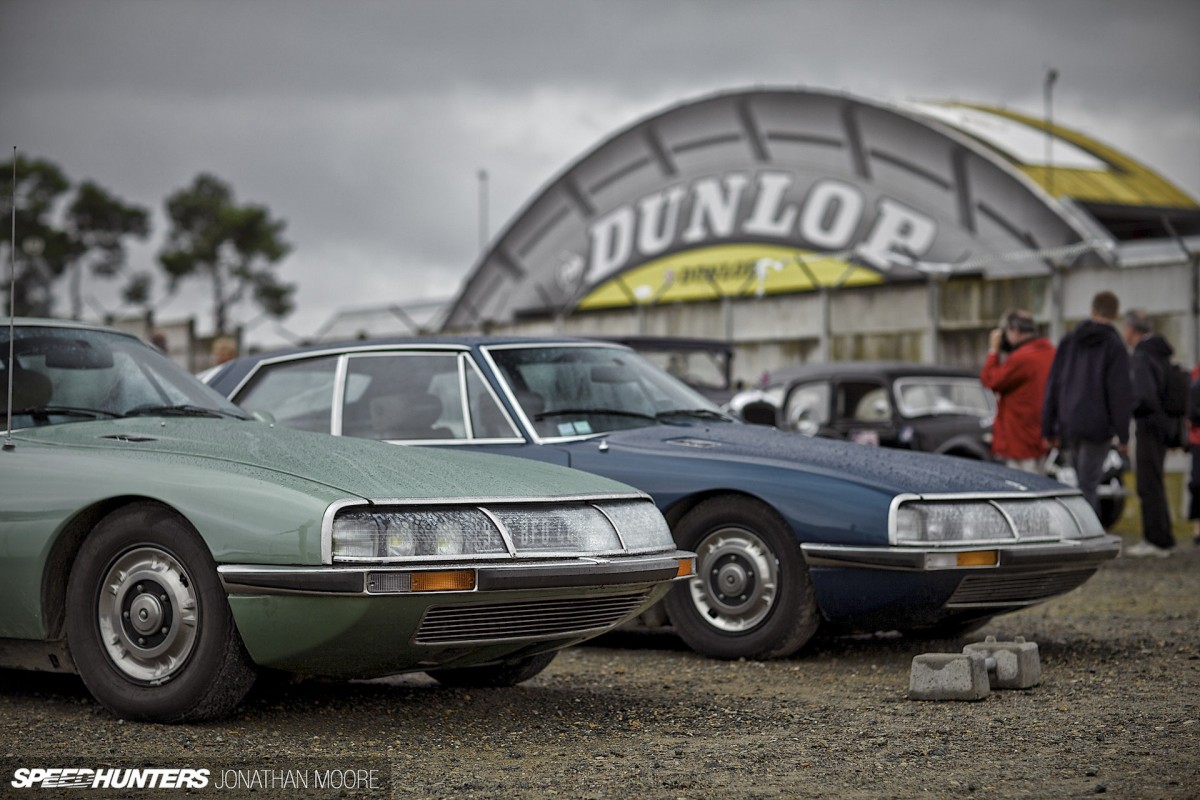
The Classic has been going since 2002, running every other year, and I’d heard great things about it. Calmer than the 24 in some ways, more chaotic and overwhelming in others, perhaps obviously it wove together strands of history which provided a visual and aural narrative on why the Le Mans 24 Hours so quickly became part of motorsport history. For that reason, the Classic feels like it should run as a precursor to the modern 24 Hours rather than a month after. It’s the motorsport history lesson that anyone with petrol in their veins should experience. Oh, and it was also unexpectedly one of the biggest car club events I’ve ever seen.
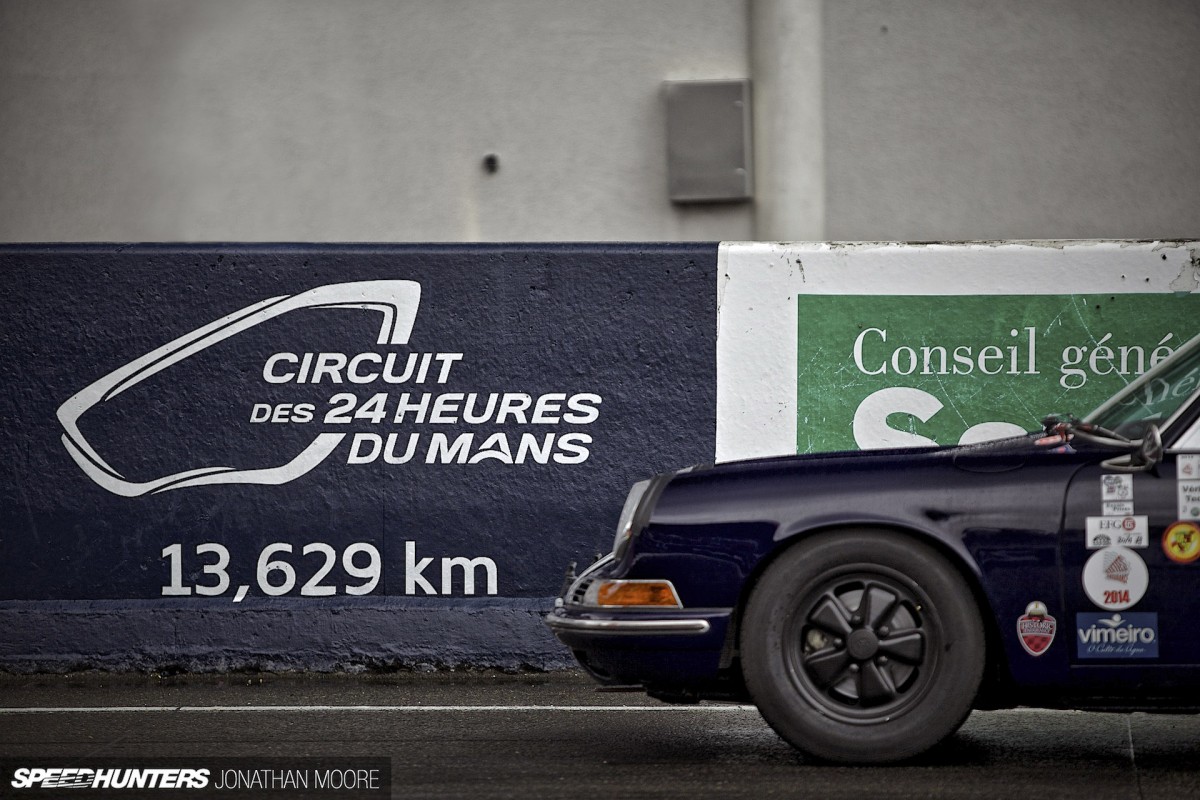
The Le Mans Classic uses the full, unadulterated Circuit Des 24 Heures in its most modern form: all 13.629km of it. Sadly, that meant the chicanes on the Hunaudières straight were left in place, so except for the odd bit of brake failure there was no flat-out blast to Mulsanne…
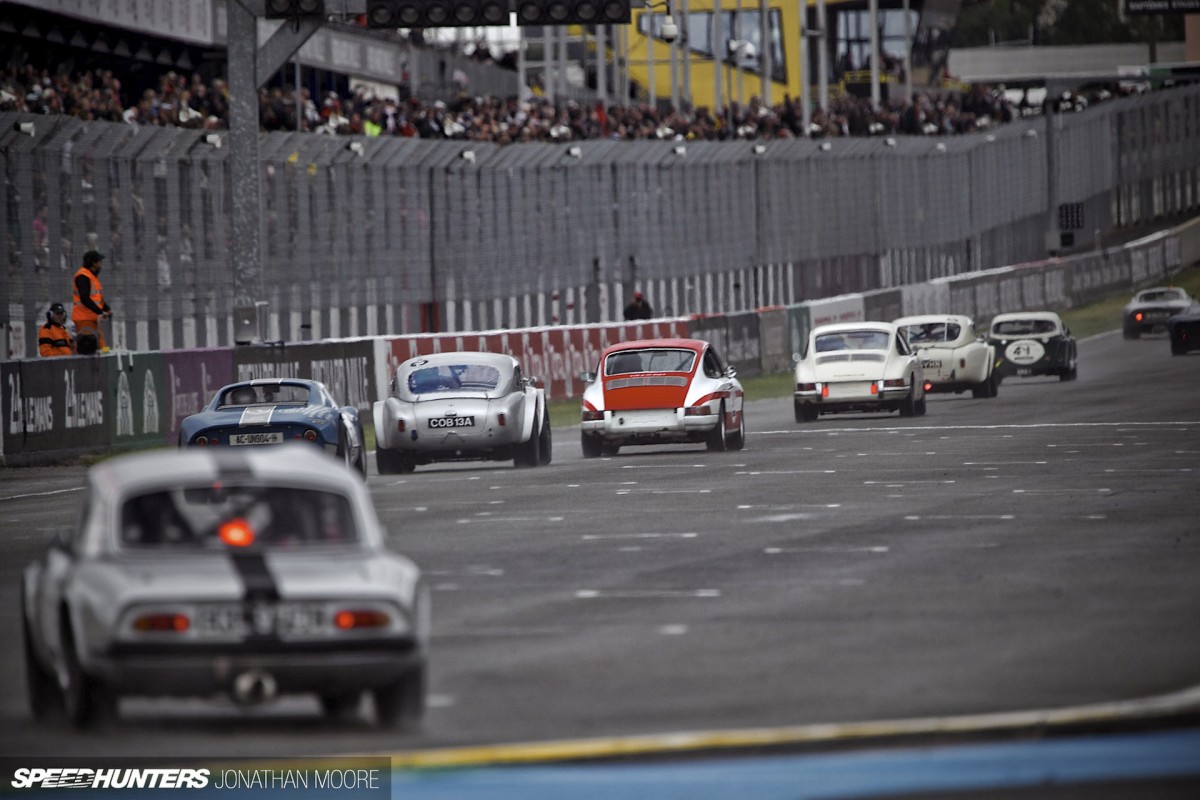
Then again, it’s not like even the racers from the immediate post-War period were slow. The Jaguar D-Types were making a 200km/h average by ’57, so even the ‘new’ track allowed Classic entrants to plenty stretch their legs. And there were many of them. Up to 75 cars per race, making a paddock-busting 600 in total – not including another 30-odd reserves. It made the infrastructure for the 24 Hours look puny.
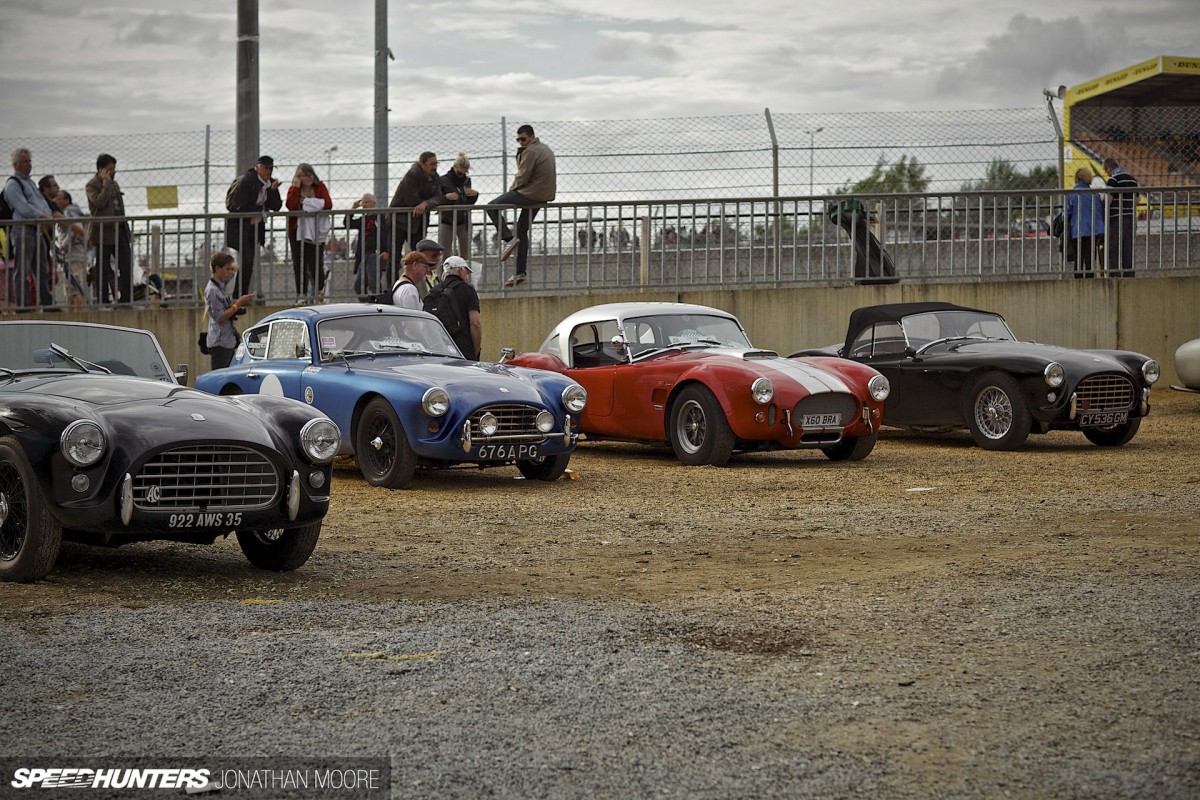
That was the over-riding thing I took away from the Le Mans Classic: everything I was used to at Le Mans was multiplied. The races, the paddocks, the starts – and particularly the cars. See one iconic car, you’d see another. And then another. They’d be dozens of the damn things, on and off the track! Cobras, GT40s, Ferrari 275s, Lola T70s, Corvettes. Surprises also awaited around every corner and under every awning.
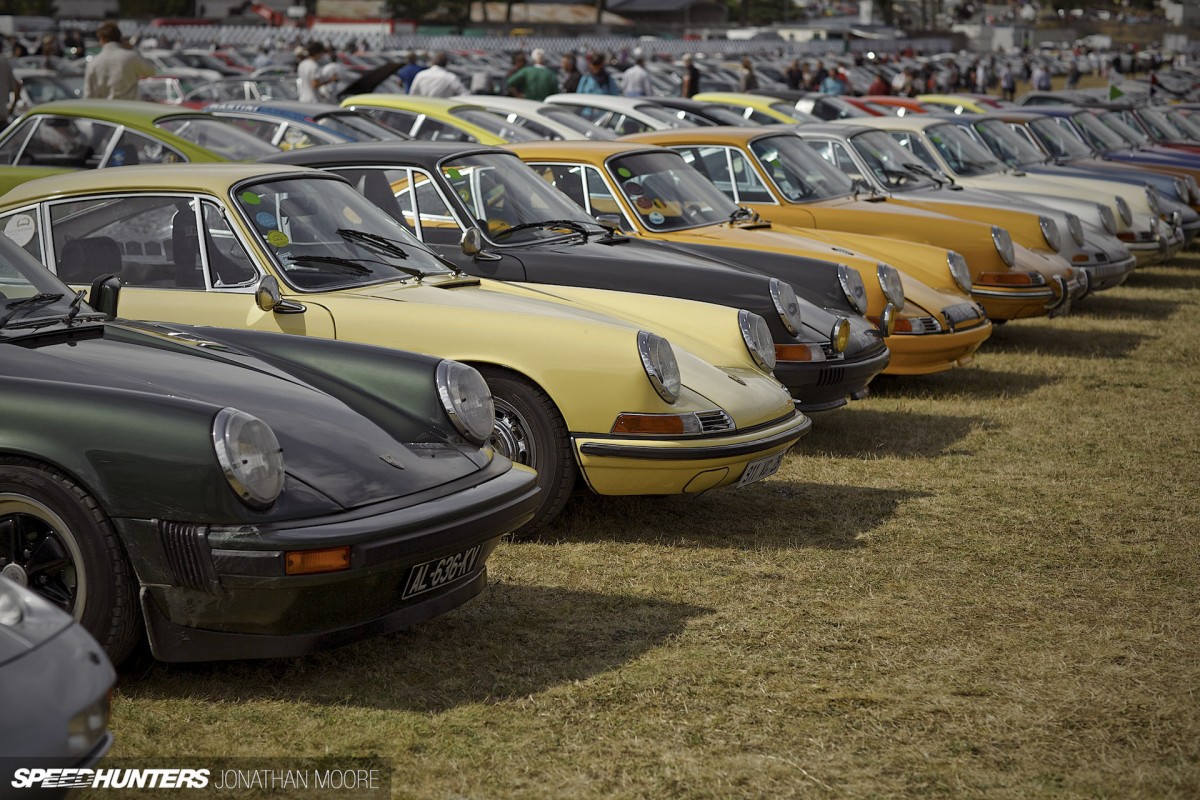
It soon became a game of seeing how many of a model you could find, rather than the initial spot itself.
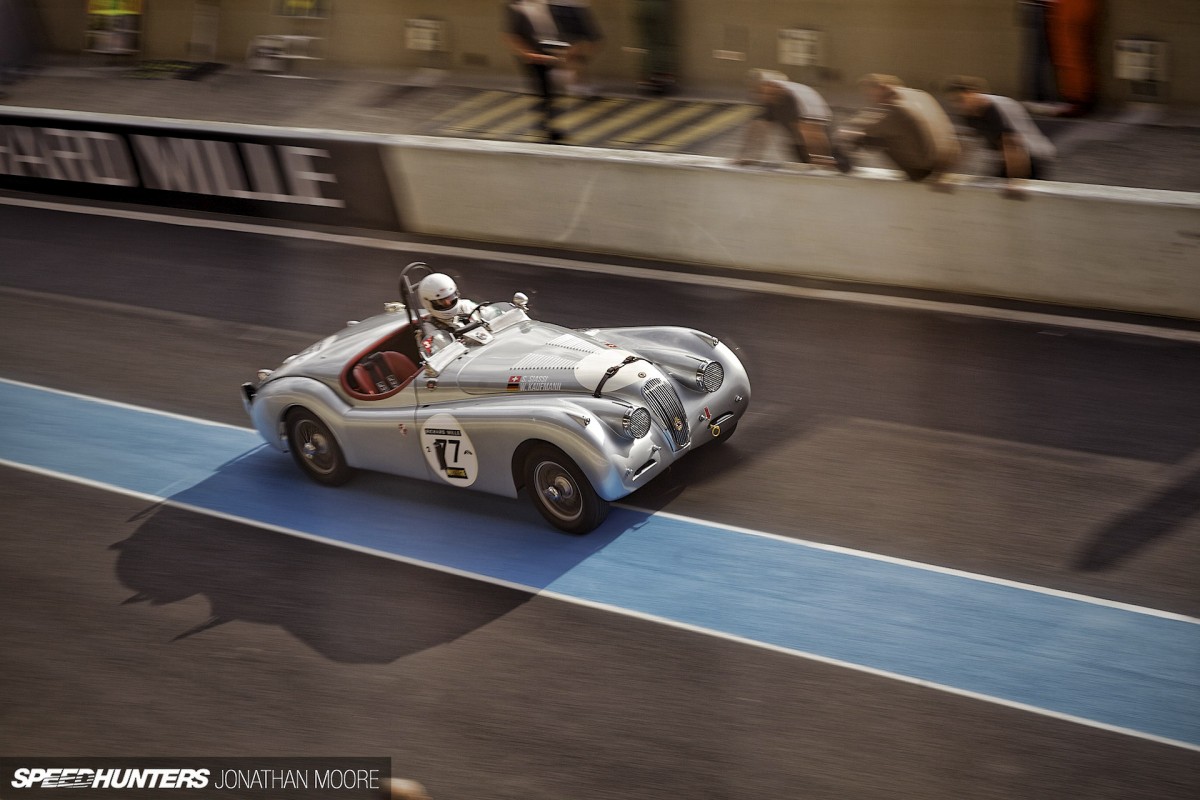
The entry at the Le Mans Classic was split into six ‘plateaux’, each covering a consecutive era of Le Mans. The pre-war tranche was the widest, featuring cars from between 1923 and 1939: Bentleys, Bugattis, Talbots and more. Next, Plateau 2 covered off a whole decade: ’49 to 59, the grid packed with Maseratis and rising stars of the endurance scene of the time like Jaguar, Lotus and Mercedes.
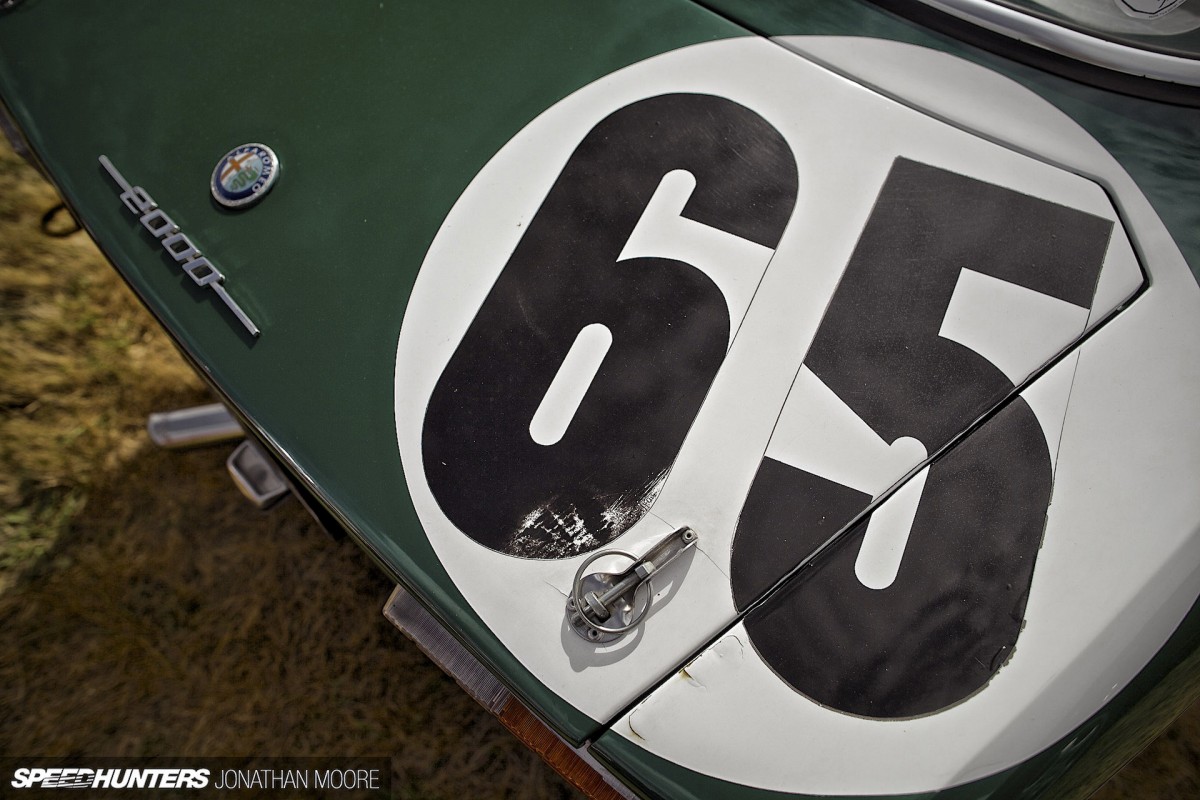
As the ’60s were reached, time slowed down and the plateaux covered smaller and smaller timeframes: Plateau 3 for ’57 to ’61 and Plateau 4 ’62 to ’65 – the Ferrari-dominated years.
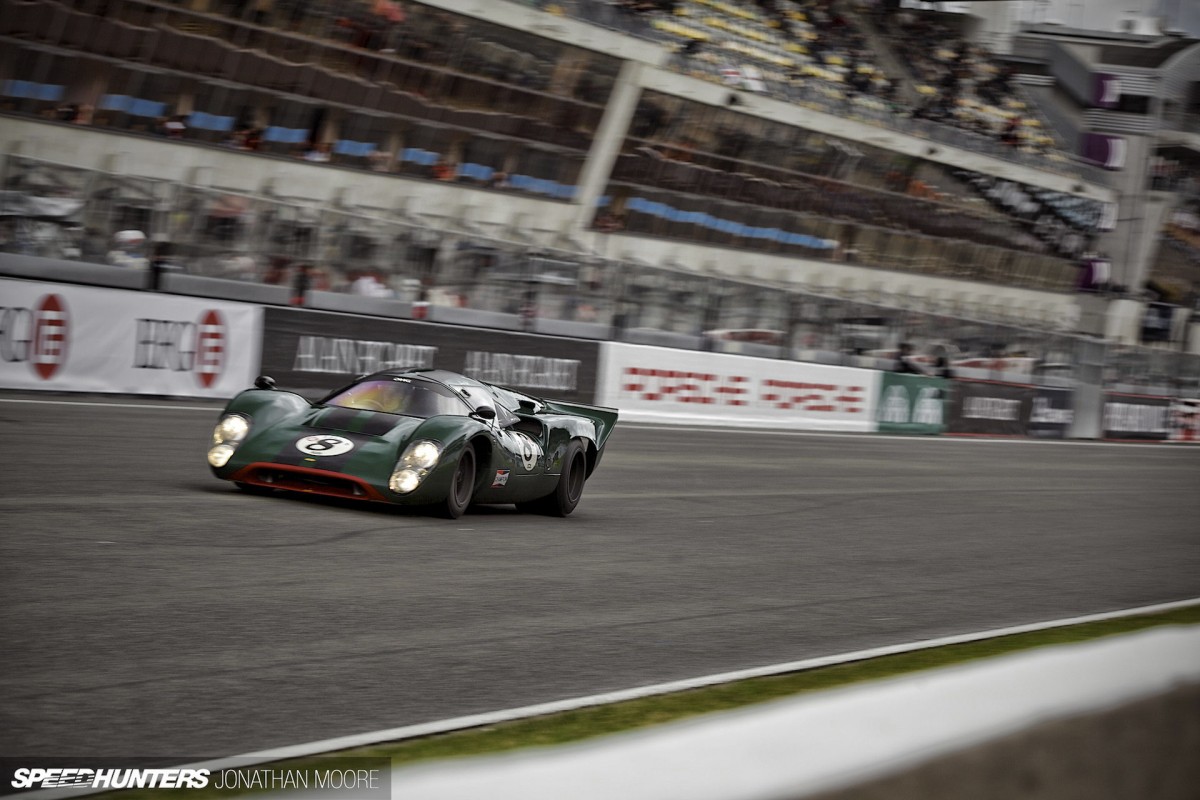
The final two groups were the ones I was particularly excited about seeing. Plateau 5 edged into the ’70s, including cars from 1966 to 1971. Fenders extended, wings projected, wheels got wider, the engines got bigger. The engines got much bigger…
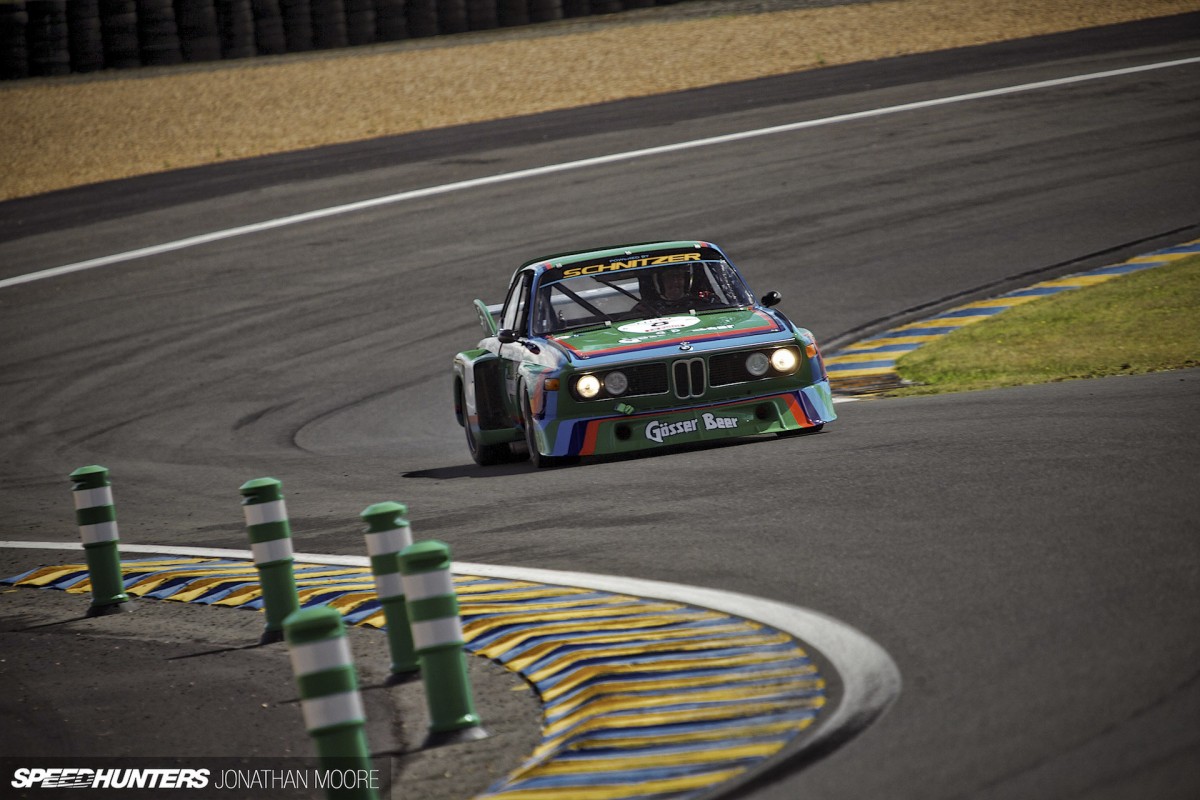
For me, the motherlode was delivered in Plateau 6. Covering from 1972 to 1979, this was the period when be-winged monsters ruled the track, when Group 5 burst forth and fantastic new sleek prototypes were hatched. The precursor to the Group C era of the 1980s, this period is often overlooked but produced cars which were just as impressive, if not more so.
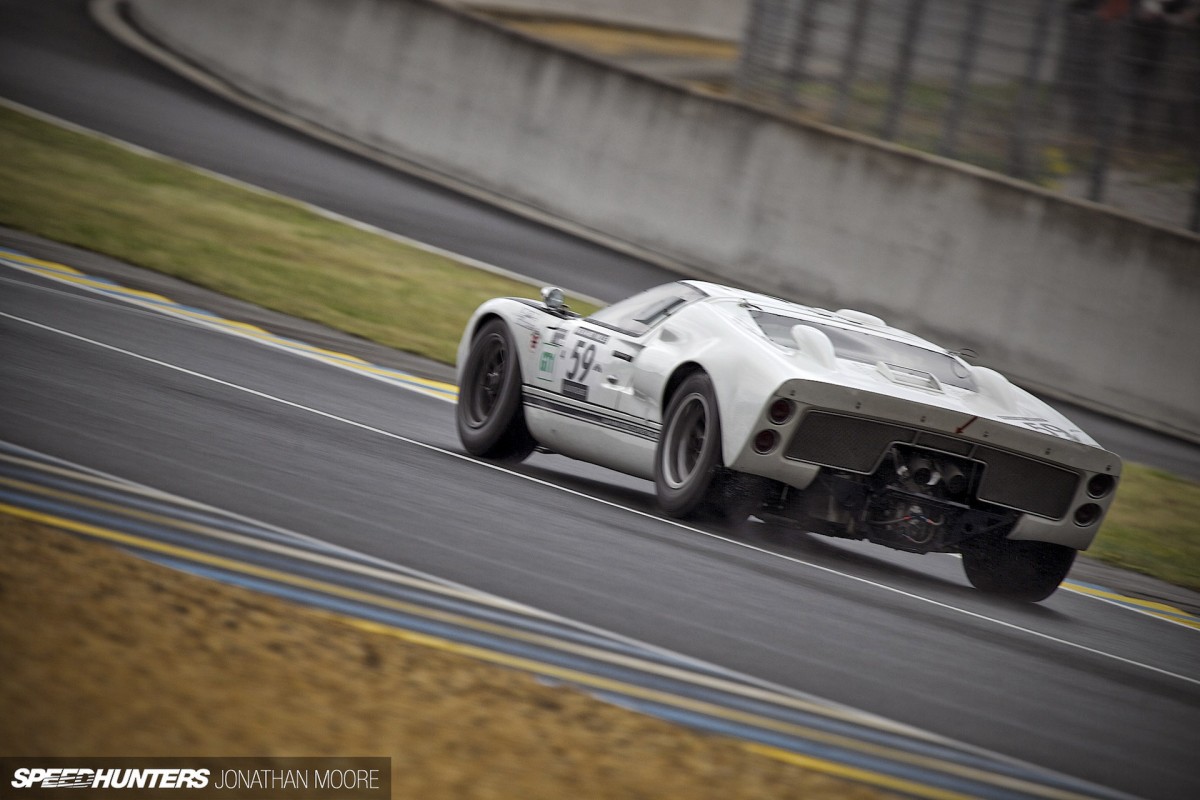
If it’s great for us fans to see such iconic cars on the track they were born to race on, I can only imagine what it’s like for the drivers. For example, the flat-out sweep up to Dunlop might have changed in radius and lost its narrow, thread-the-needle feel, but it’s still a how-fast-do-you-dare-go challenge of courage – especially in a priceless GT40. What’s the point in owning a Le Mans racer if you can’t race it at Le Mans?
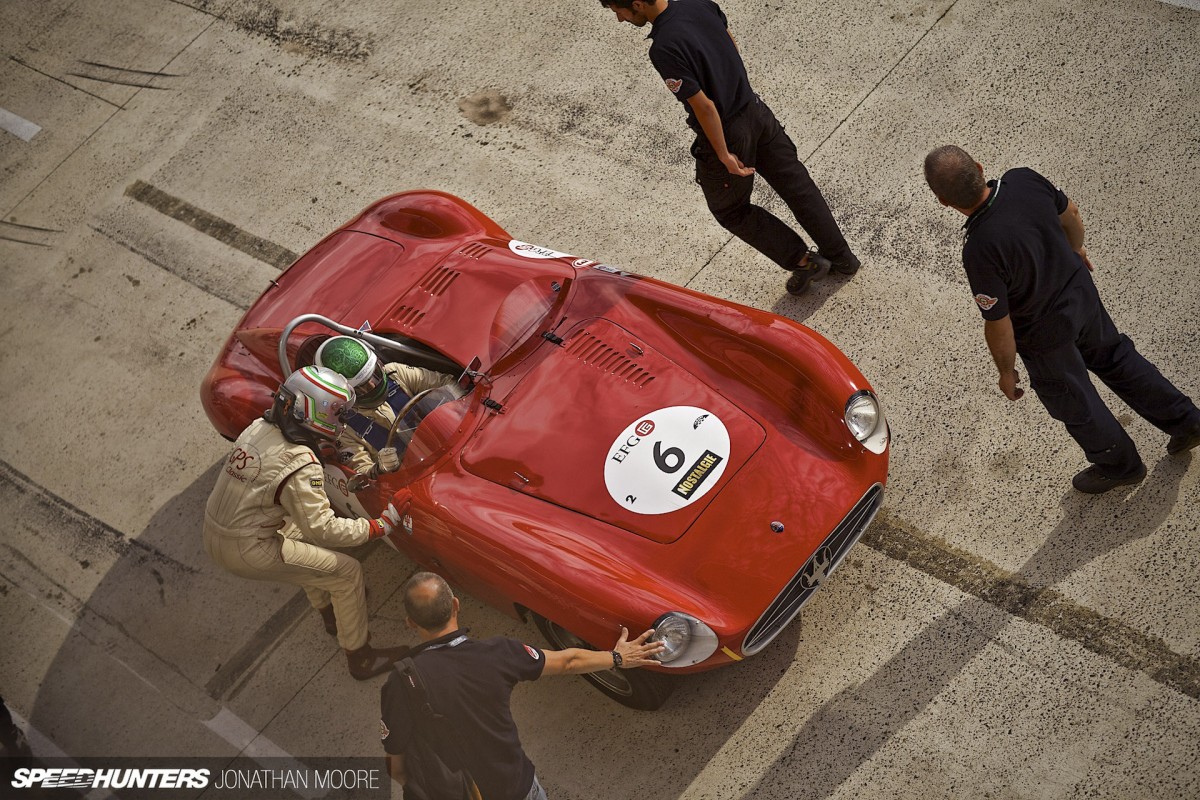
Each plateau raced three times over 24 hours, in chronological order, starting at 5:00pm on the Saturday and finishing at 5:00pm on Sunday, providing constant action on track and in the pits. Each car had between one and four drivers, with pit-stops featuring in every race. Interestingly, the garages weren’t permanently occupied, but instead used by whatever grid was racing in turn.
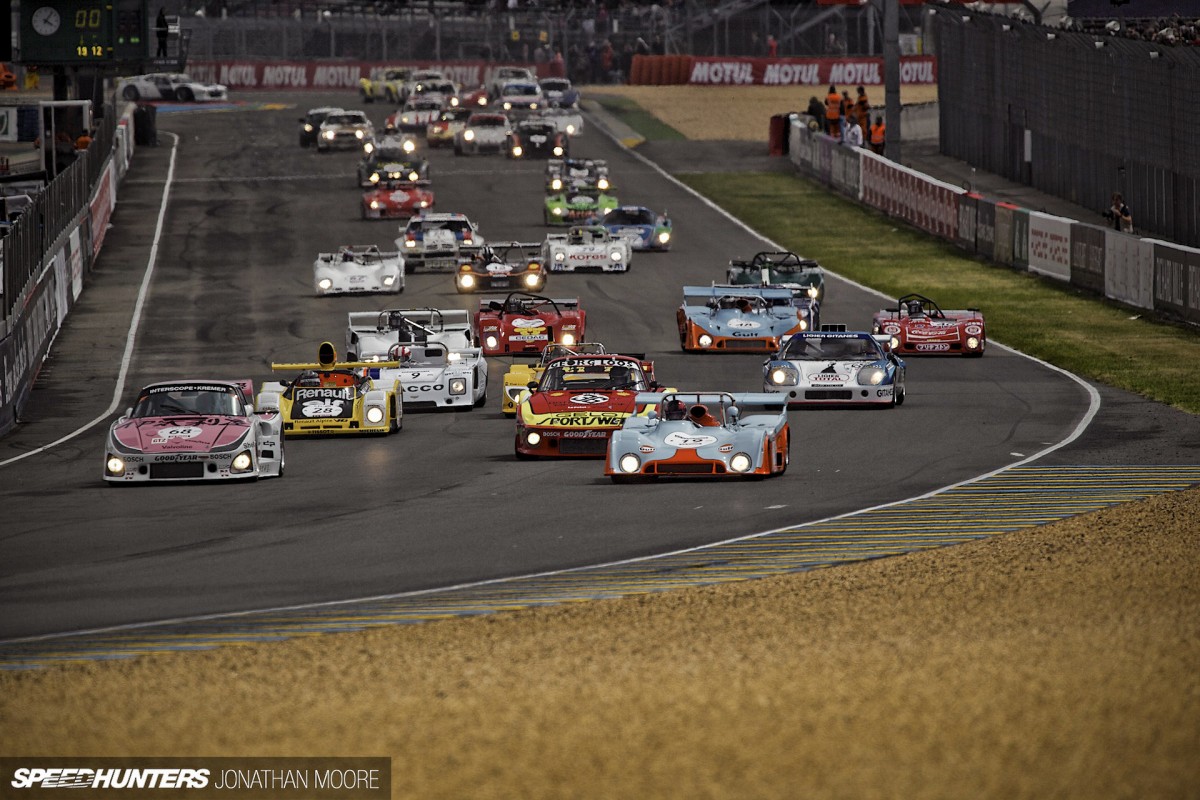
All these races meant you got a mass rolling start an eye-watering 18 times over the 24 hours… It was the perfect racer’s groundhog day.
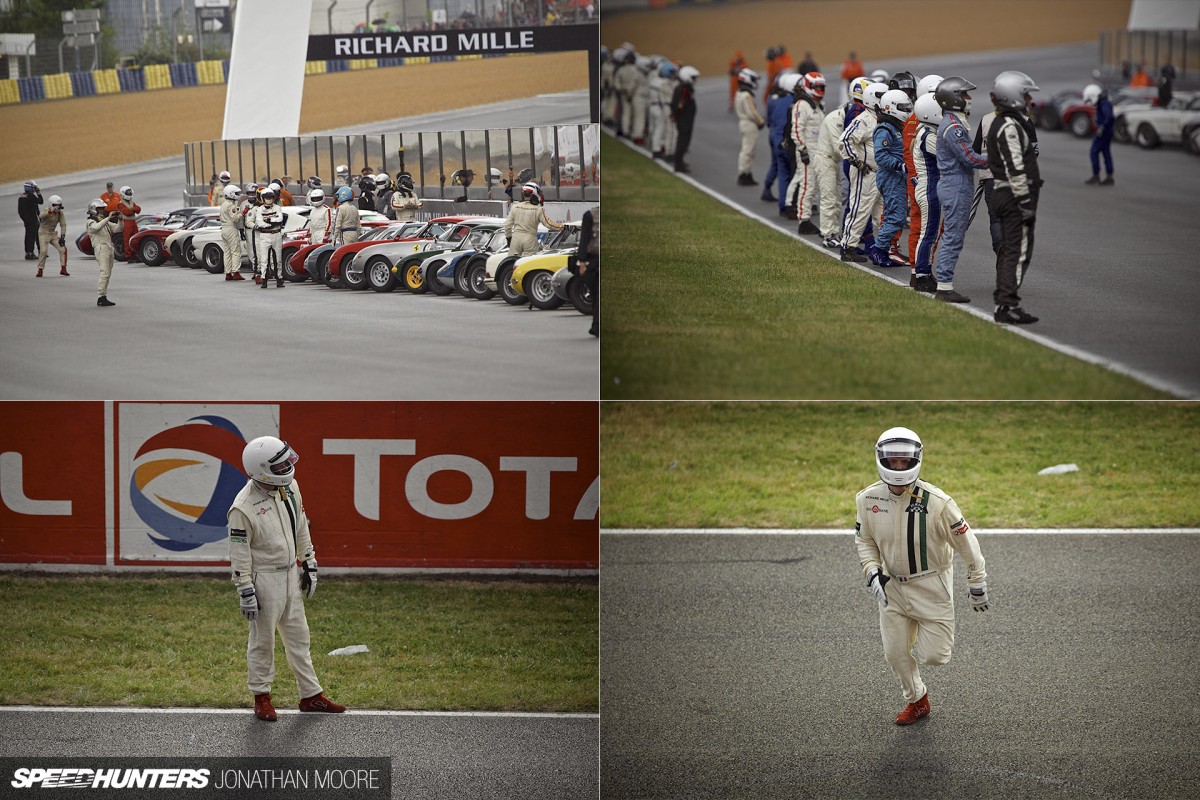
Not only that, but at least once over the 24 hours each of the four earlier plateaux replicated the original sprint start, at least for the formation lap, where the drivers would line up opposite their cars awaiting the starting signal. Charge to the car! Dive in! Start her up! Slam the throttle open and wheelspin away!
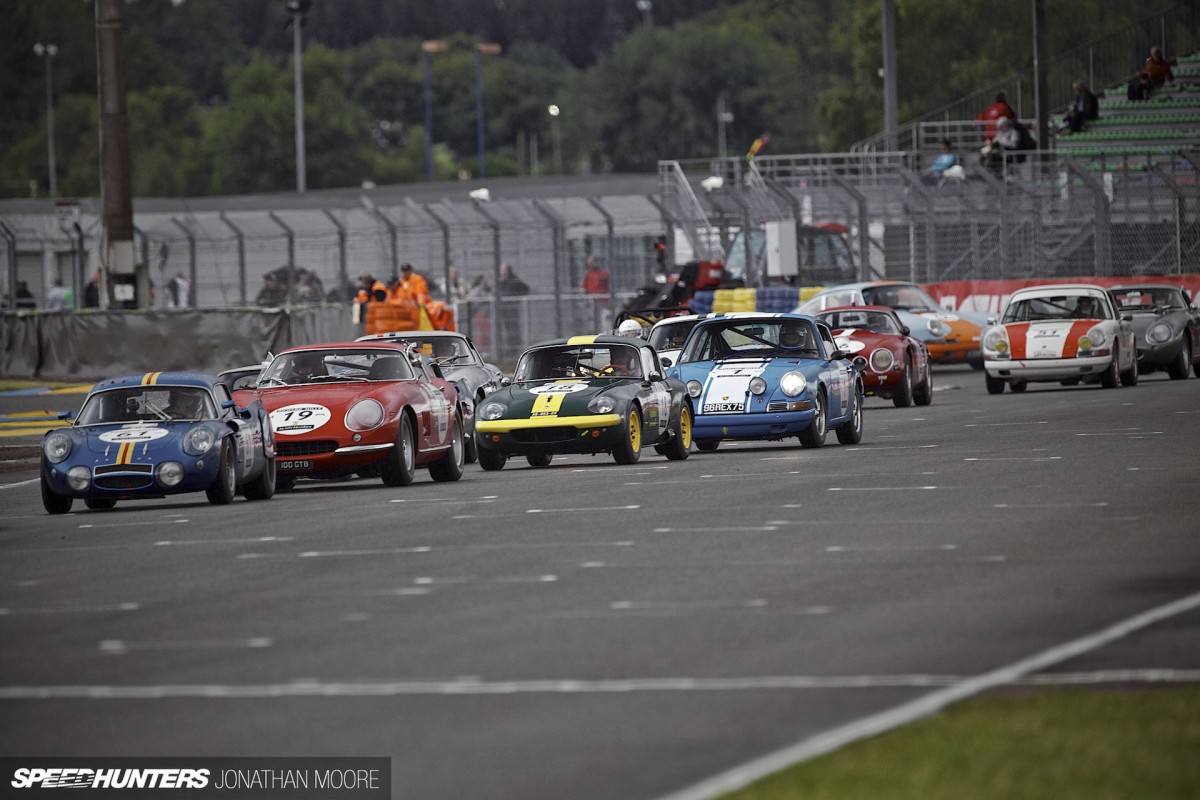
Admittedly the cars were then gathered up by a safety car just over the brow of Dunlop, reformed on the Hunaudières straight and put into start order, but then came that rolling start. Two for the price of one!
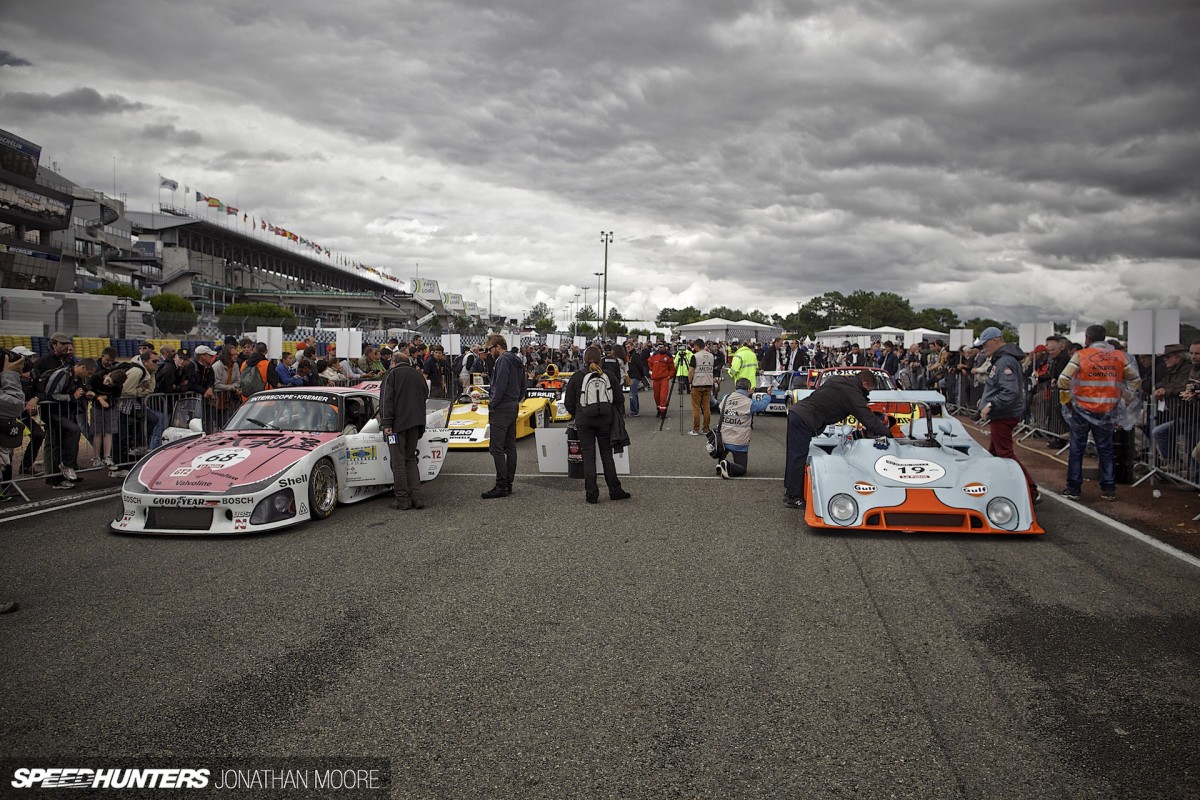
Even better, as a triple whammy the cars for the following race would be lined up on the final section of the shorter, in-field Bugatti circuit at Le Mans (the layout that is used throughout the year and doesn’t require the closure of public roads), allowing a fine view at leisure of the cars before they went out. Oh yes, did I mention there were Porsche 935s here? A multiple of Porsche 935s…
56 Years In Two Days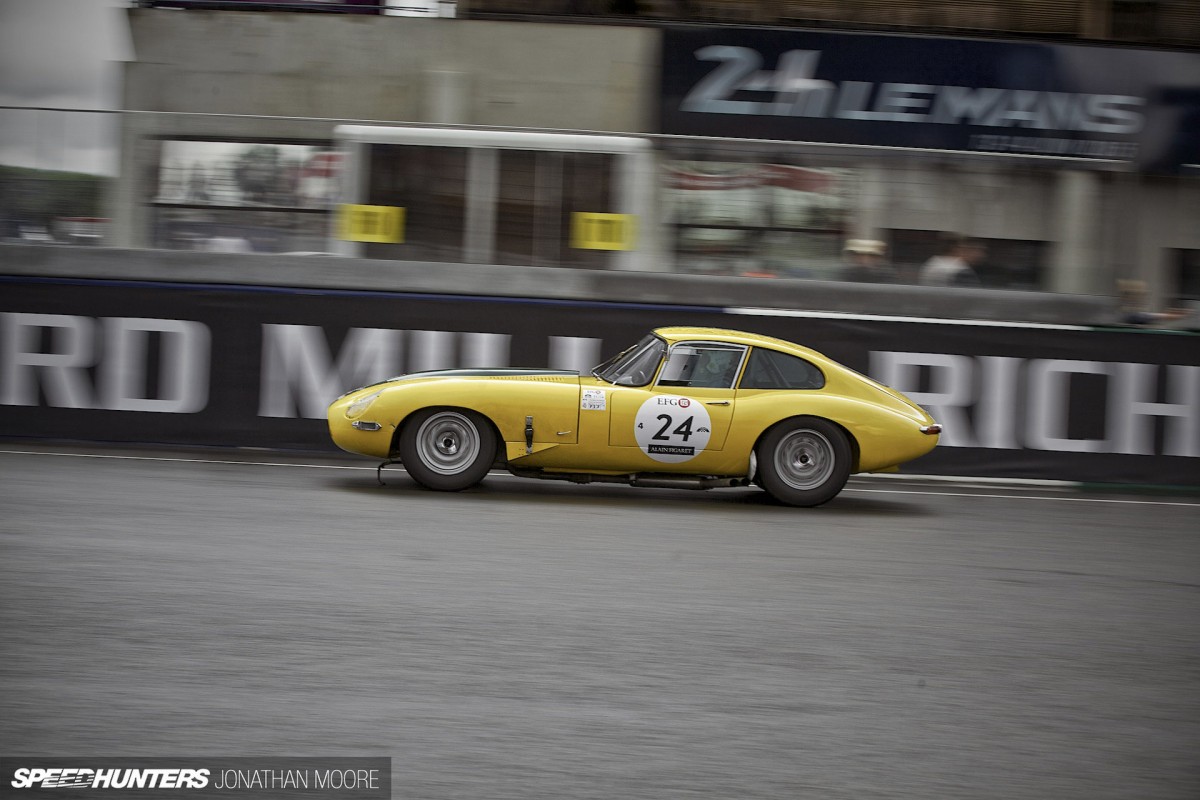
Ahead of the weekend, I hadn’t been completely sure what to expect from the Le Mans Classic. The racing, of course, was a given, and I would have been more than content just watching the action on track and strolling the paddocks.
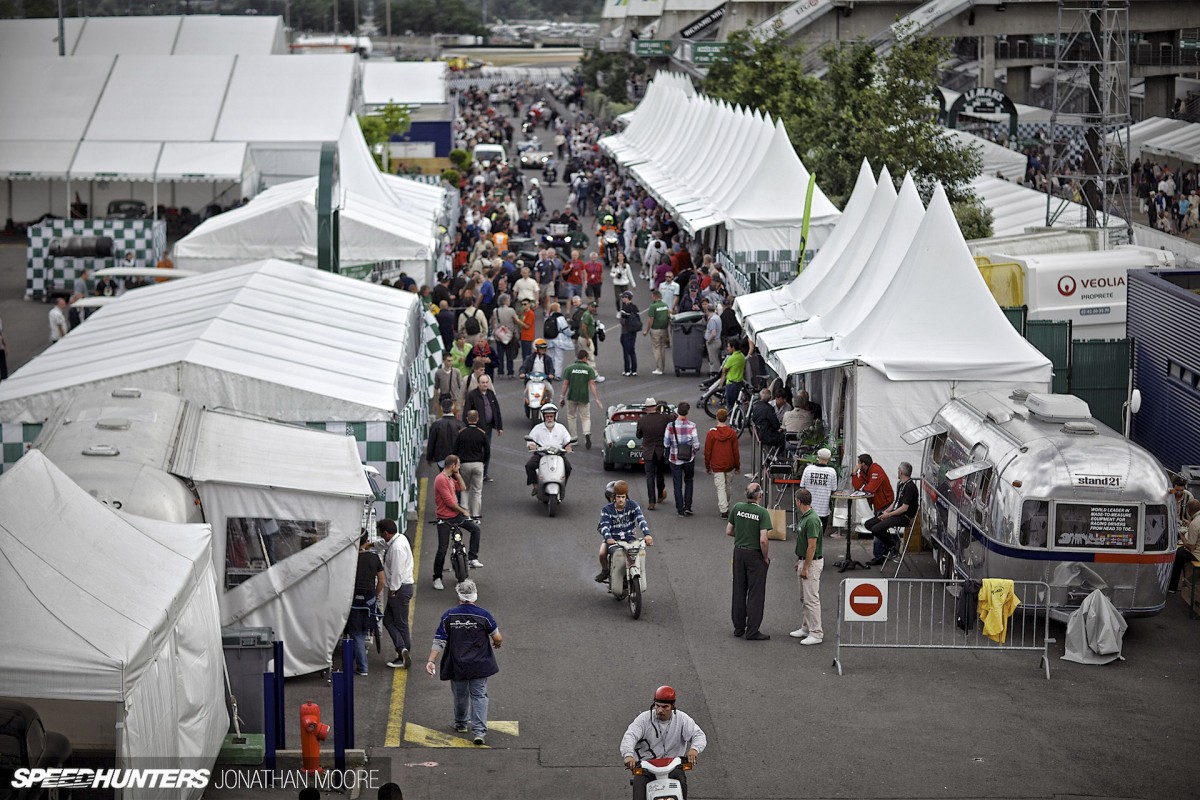
I had been concerned that the year-on-year modernisation of the track might make the event look a little sterile. It could have been like at Silverstone in the UK, where the bleak, modern surrounds and huge run-offs mean that historic series don’t have the backdrop to suit, maybe taking away a little of the magic.
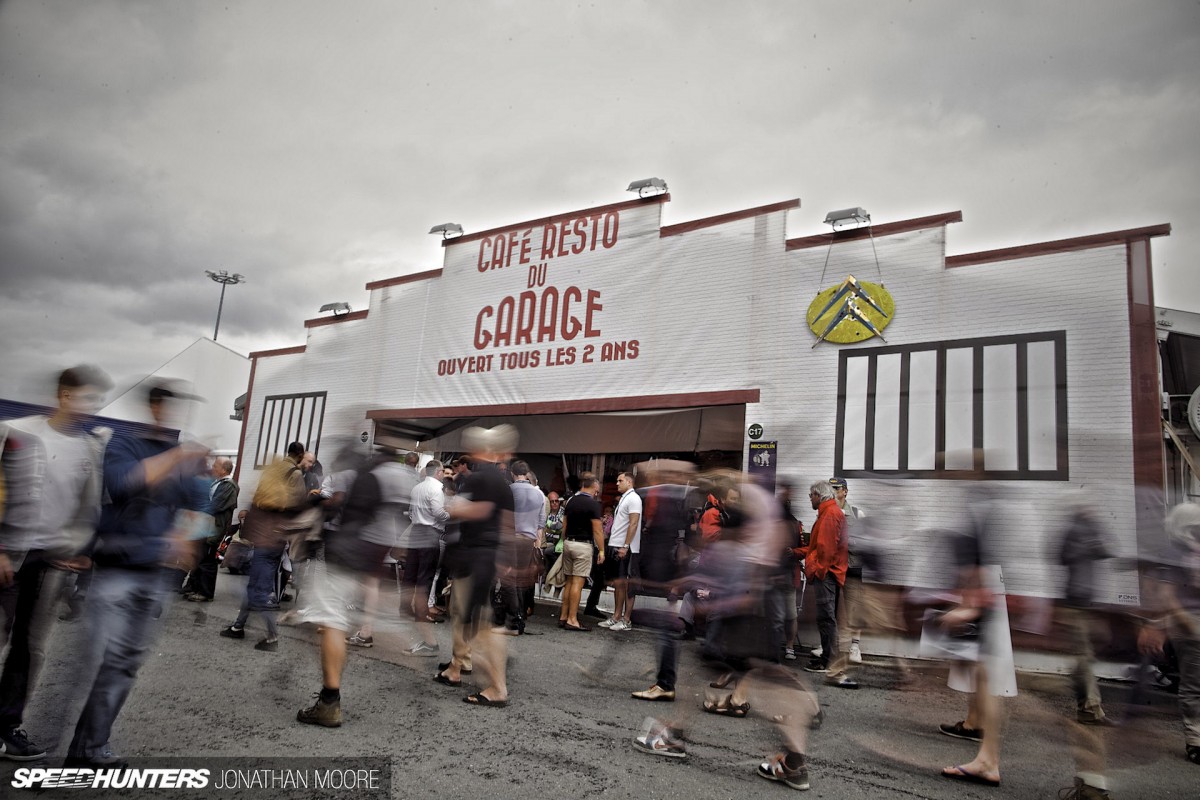
There has been a general effort to vintage-ise the Classic, though it’s got a long way to go to match the all-enveloping retro chic of an event like the Goodwood Revival. That said, the sheer scale of Le Mans, the track and the chronological breadth of the entry mitigate any real chance of achieving a full retro ambience. Apart from anything else, there’s the question of what style would you choose to dress up in? 1920s elegance or 1970s flares?!
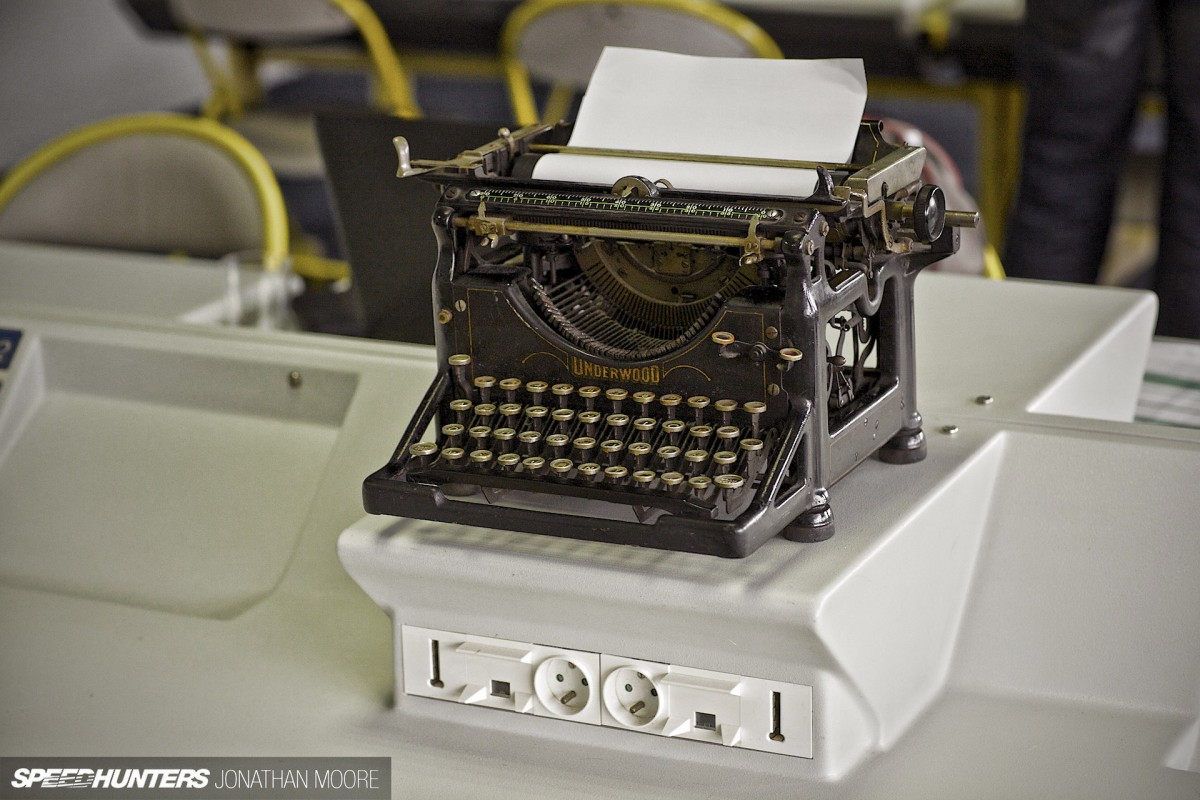
A small area of the village, above the new concrete boulevard, was fully decked out in a retro style, complete with shops and vintage hairdresser – and even the journalists tried to get in on the spirit, with this old typewriter in the media centre! Maybe they were just operating on a very small budget…
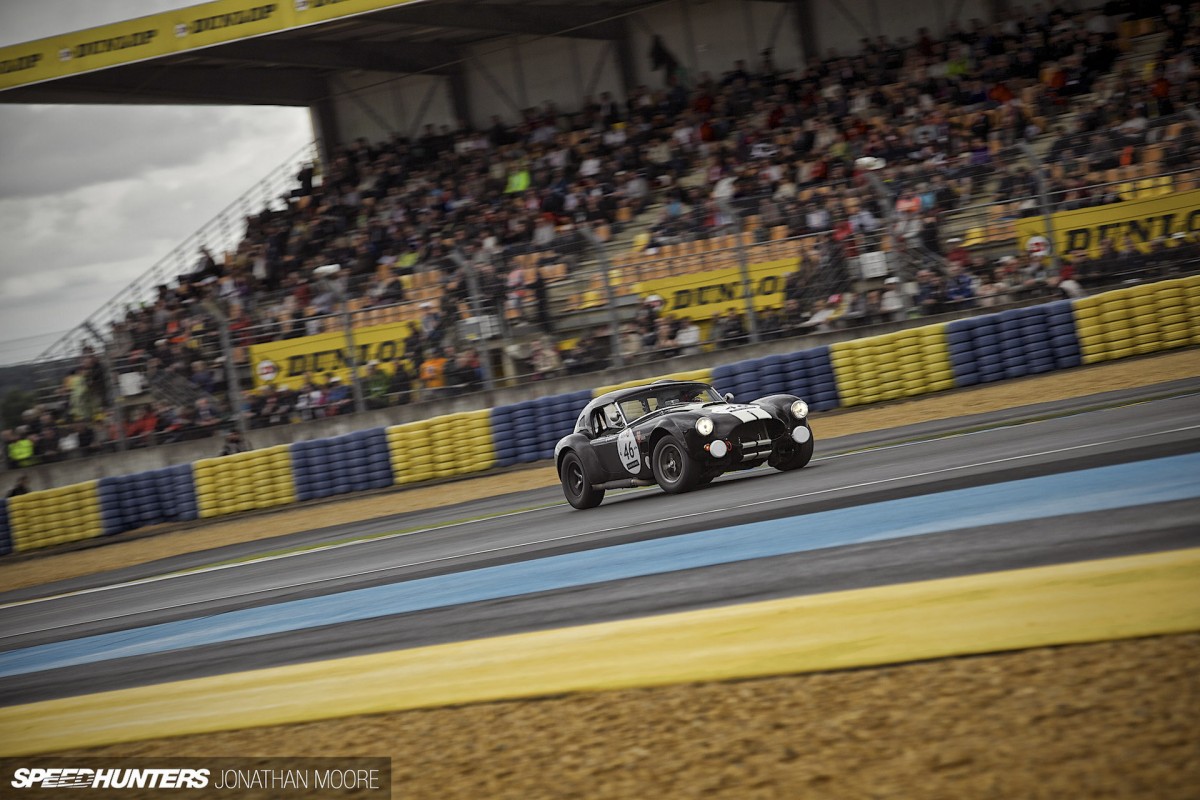
Any worries about the track were put aside once the cars got going. The cars were the stars, putting in maximum attack no matter the age. The weather wasn’t really playing ball the whole weekend, which is not unusual for Le Mans of course. It was either absolutely soaking or boiling, the former meaning that trying to put down considerable horsepower in old cars kept things exciting on track. Snapping sideways in a Cobra would certainly get your attention.
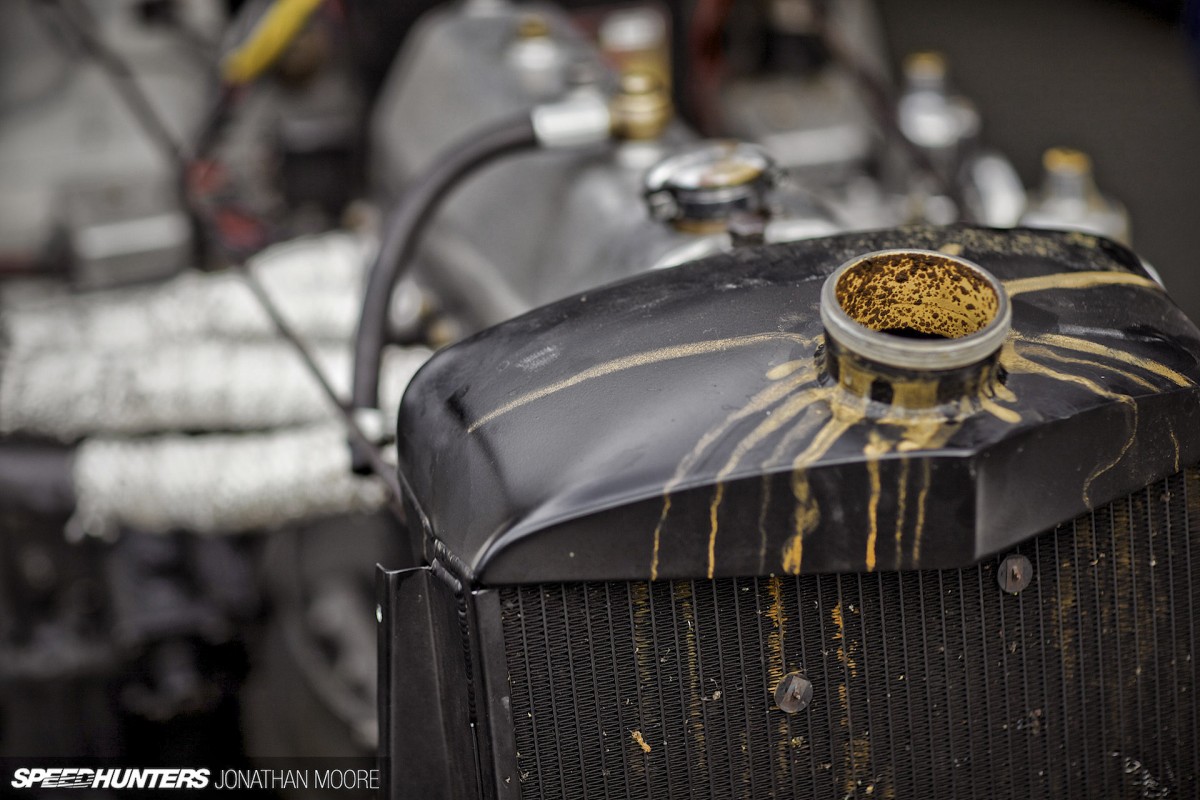
Attrition was always going to happen, given the combination of old cars and the horrible conditions out on track. As the weekend wore on, more of the reserves were called into play, though I’m pleased to say that I saw very few cars stop through accidents: the majority were good old fashioned break downs.
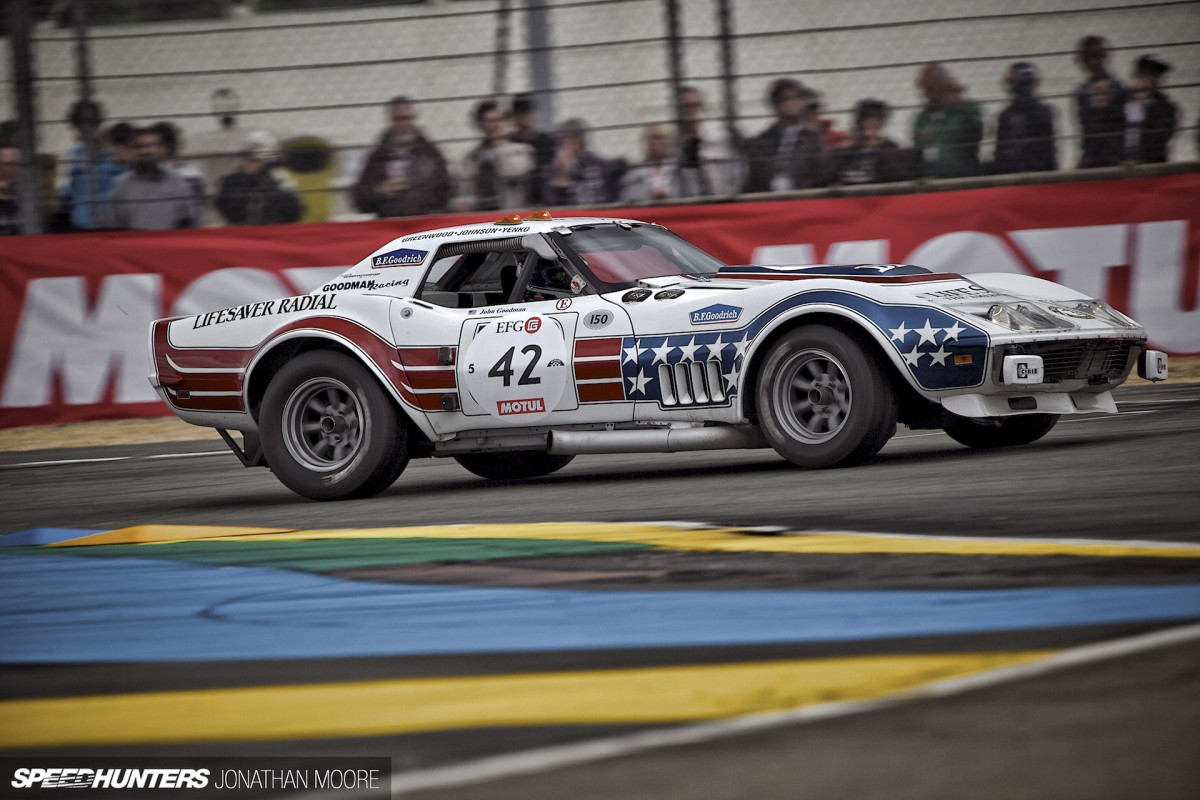
The Le Mans Classic highlighted the long American love affair with the 24 Hours – but not always in the expected way. The Corvette has an illustrious history of competing in France, with even C1 ’Vettes entered as early as 1960. The awesome wide-body Greenwood C3s of the late ’70s were preceded by strong representation of C3s as early as 1968, where they raced alongside GT40s.
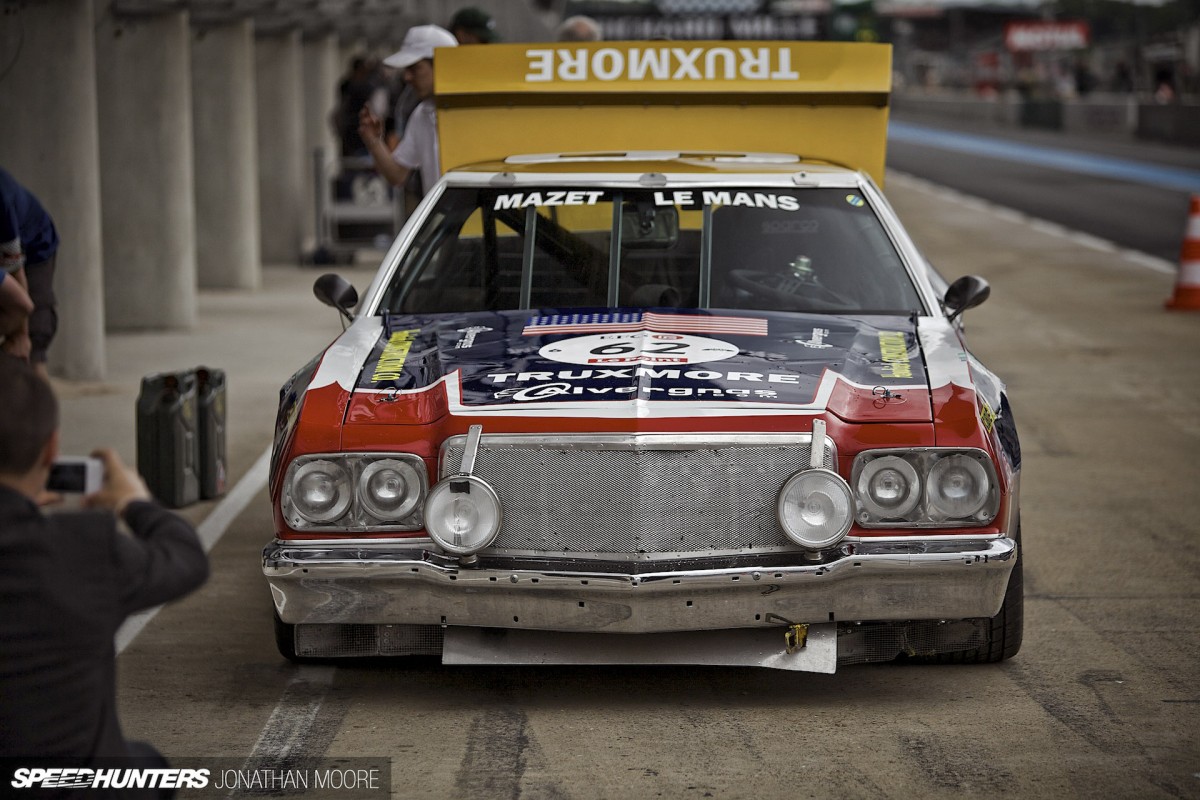
It’s easy to picture Corvette at Le Mans: they might be all-American, but there’s always been a European tinge to their red, white and blue – a sportscar thread that drew them together. On the other hand, there’s this. Walking down the pits, I thought I might be back at the Goodwood Festival Of Speed: what the hell was a NASCAR doing in France?!
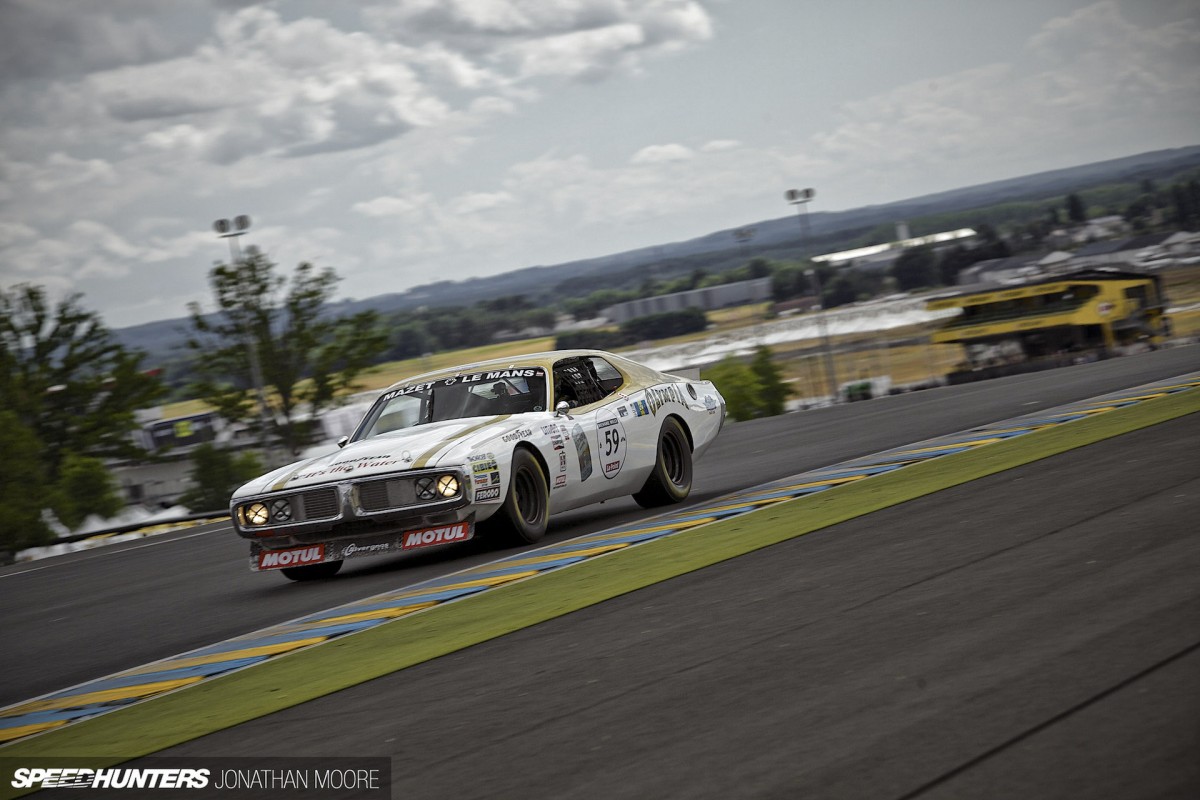
The Gran Torino seen in the previous picture and a seven-litre Dodge Charger (this a faithful replica) both ran at Le Mans in 1976. In the 24 Hours. In a NASCAR class. Yep, good old boys, turning right as well as left, in the middle of sports prototypes, a whole gaggle of 911 variants, an IMSA Chevy Monza and even a Lancia Stratos. It was a truly great year. The teams – dubbed the Two Monsters by the French press – were hand-picked by Bill France Sr to cross the channel, and were no Euro-bait: both were renowned for their road-racing ability.
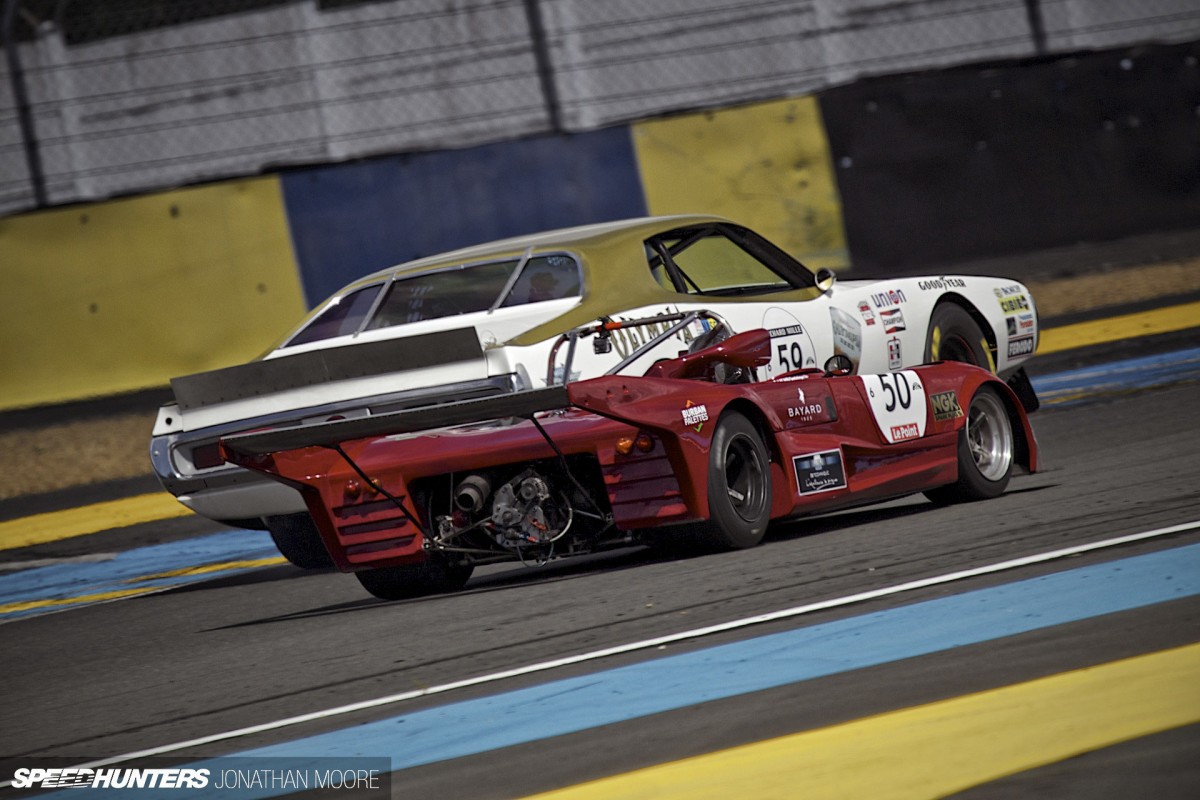
Their effort is worth a story in itself: they had to add wipers and lots of headlights, and ran lower-compression motors, but that was pretty much it. The only other change that was made in the run up to the race was to add side mirrors so they could actually see the low-line prototypes. This shot shows what a problem the hulking NASCARs had! In the race they were fast, blasting by GTs at a canter. In the corners… Well, you can guess. Unfortunately both cars retired before half distance in the race itself and NASCARs were never seen again at Le Mans.
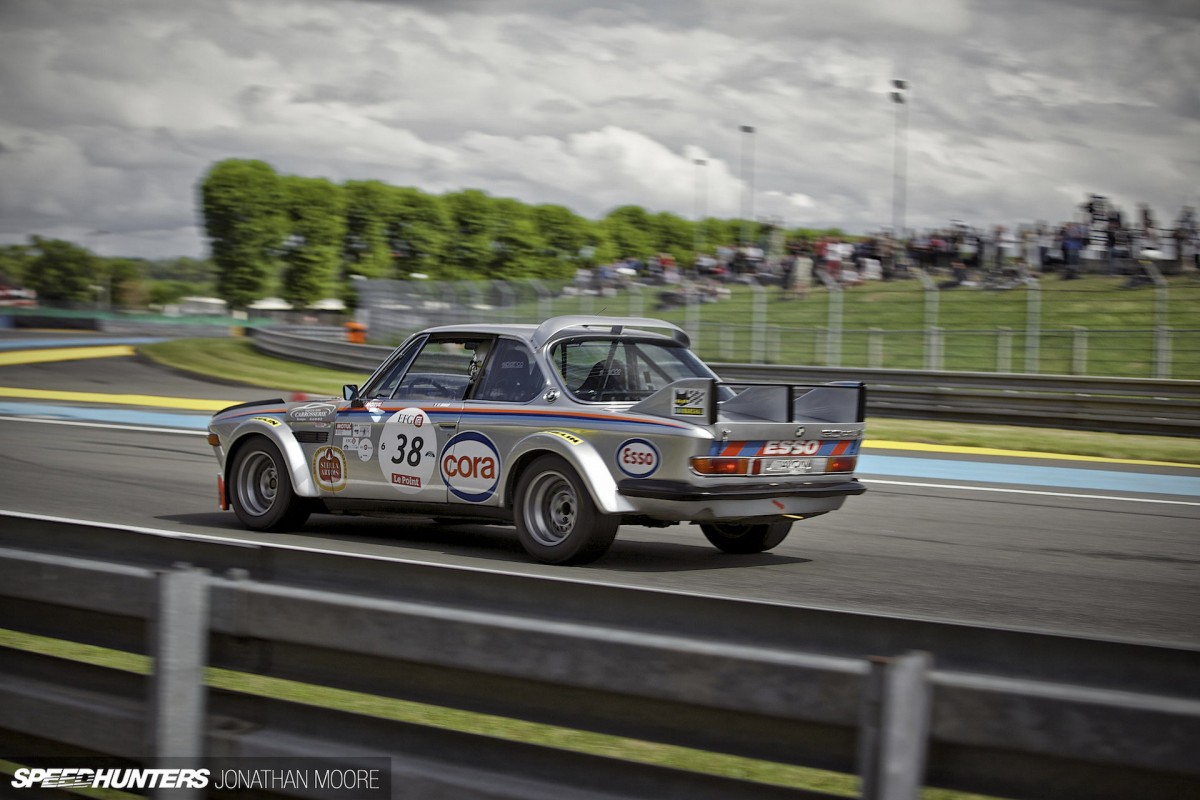
So the cars on track took my breath away. With each group only racing for 45 minutes and the track so big, it seemed like every time I paused for a new shot they’d be a different set of cars on track. But it also showed a link to what was happening on the infield.
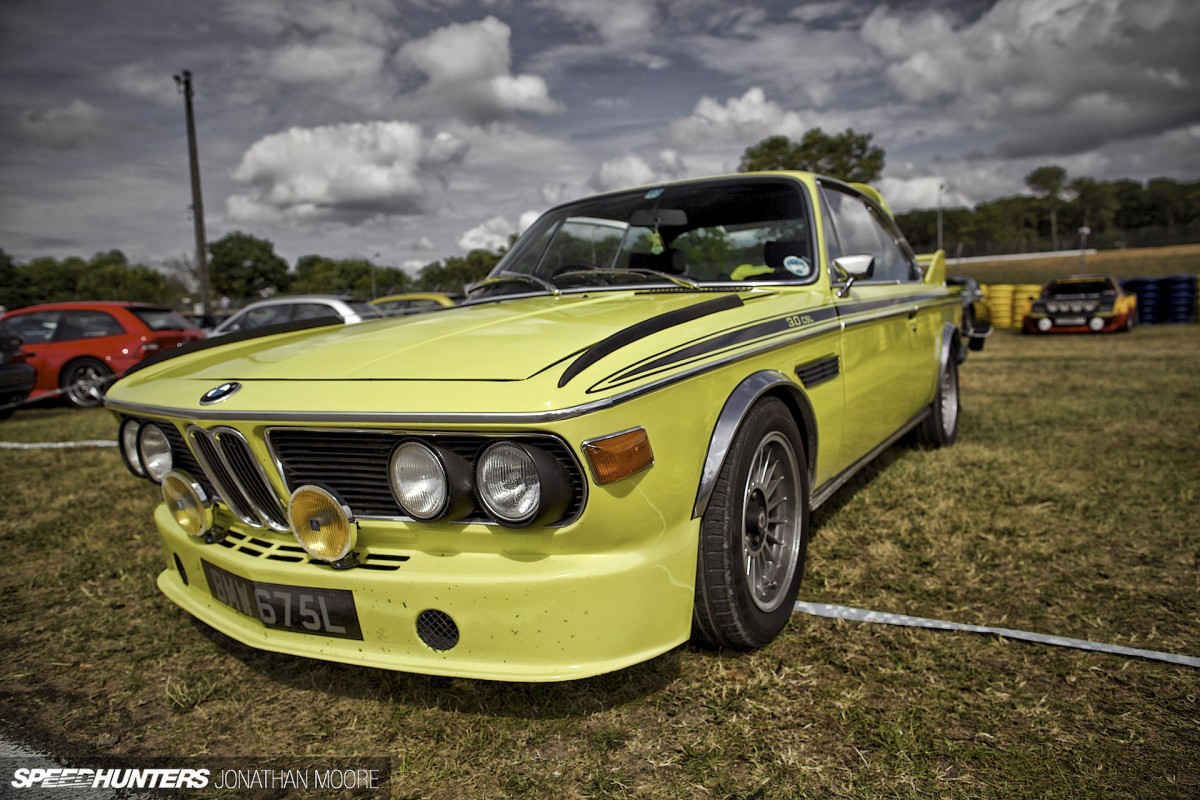
Spread across the entire plan of the Bugatti circuit was a simply huge gathering of car clubs. Every square inch was taken up with marque-specific and local clubs, covering any and every make and model. It was extraordinary. So, you could see a svelte BMW 3.0 CSL on track, then turn 180 degrees and pick up its sweet road-going sister.
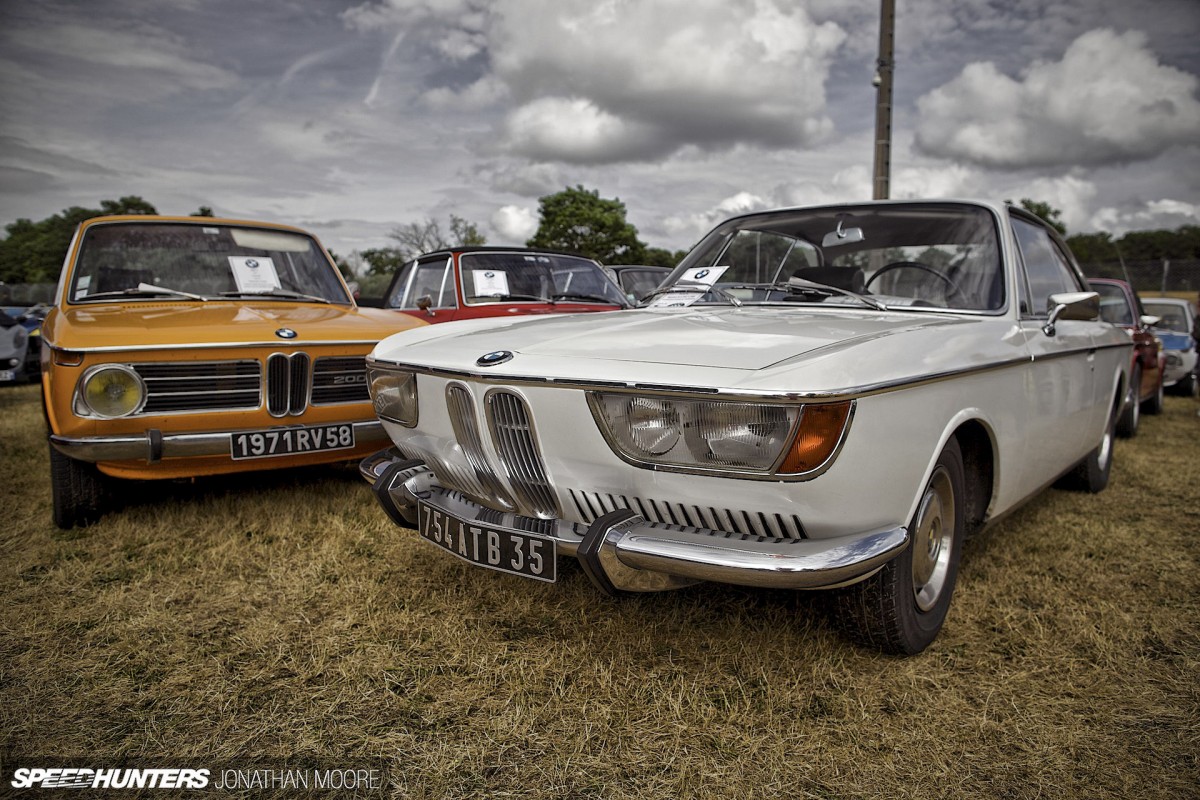
You want Neue Klasse BMWs, even including the Karmann-bodied CS? Ferraris, Lancias, Maseratis and Astons of every vintage. French fancies like Facel Vegas or DBs? Americana old and new, including more Dodge Vipers than I have ever seen in one place. Thirty maybe? Insane.
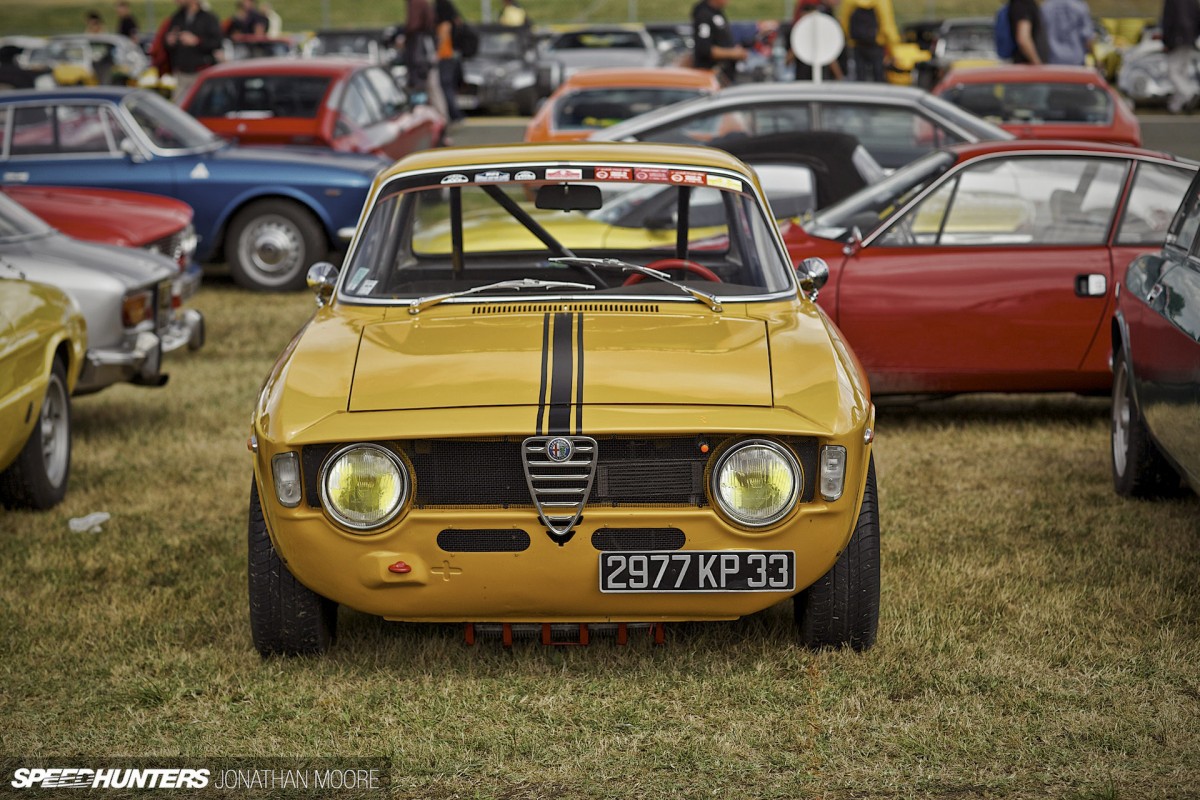
I bumped into our friend David Murphy from Retro Rides Gathering on the Saturday, who found me loitering inappropriately close to a Maserati Indy. “Don’t go near the Alfa stand,” he warned… He was right – but I couldn’t resist. It overflowed with the gorgeous products of Milan.
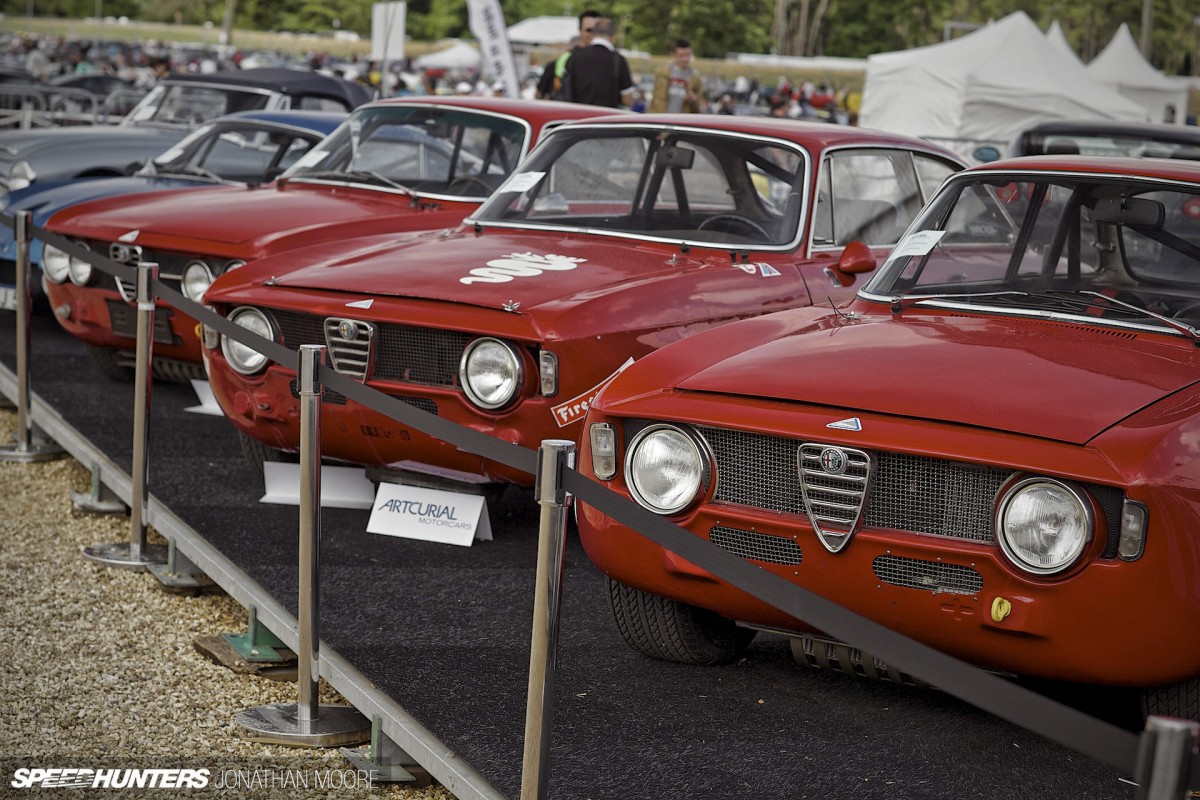
The obligatory auction at Le Mans was also packed with beauties, including not one but three wide-body GTAs. Alfa Romeo multiplied, as is the Classic way. The estimates? A cool quarter of a million. Each. You could also drive away in an AC Cobra coupé from the 1964 24 Hours race – if you had one and a half million euros spare…

Back to the track though, and Plateau 5. 1970 was when big banger prototypes came to the fore: no less than nine Lola T70s were out to play at Le Mans, this the car where Lola’s David became Goliath. Unfortunately, I didn’t see either Porsche 917 that was entered, with the Gulf car at least withdrawn because of the risk to it in the appalling conditions on track during its first two race opportunities.
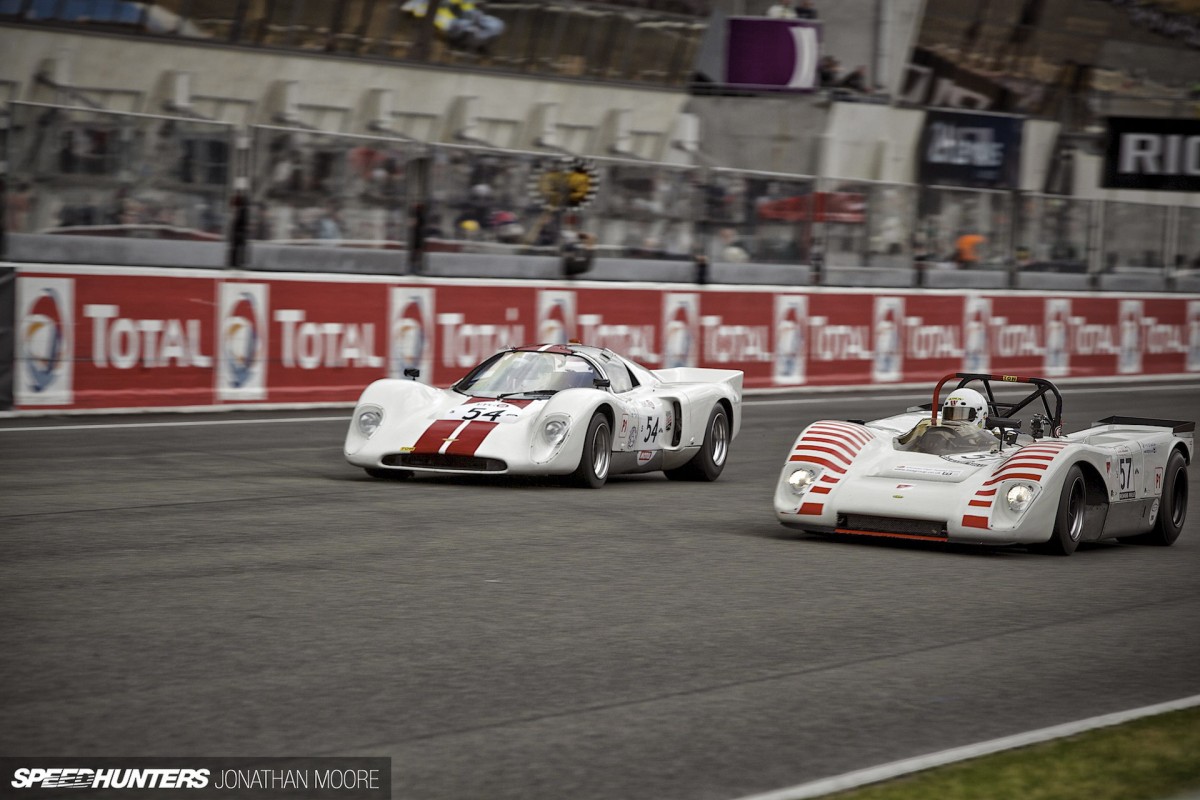
The nimble, smaller cars might not have had the same big horses, but they were supremely slippery and perfect for the flat-out blasts of Le Mans. I’ll be taking a closer look at the Chevron B16 in an upcoming Spotlight: this was one of a pair of B16s mounting a tiny Mazda rotary – the same one seen in the RX-500 concept car I checked out at Goodwood.
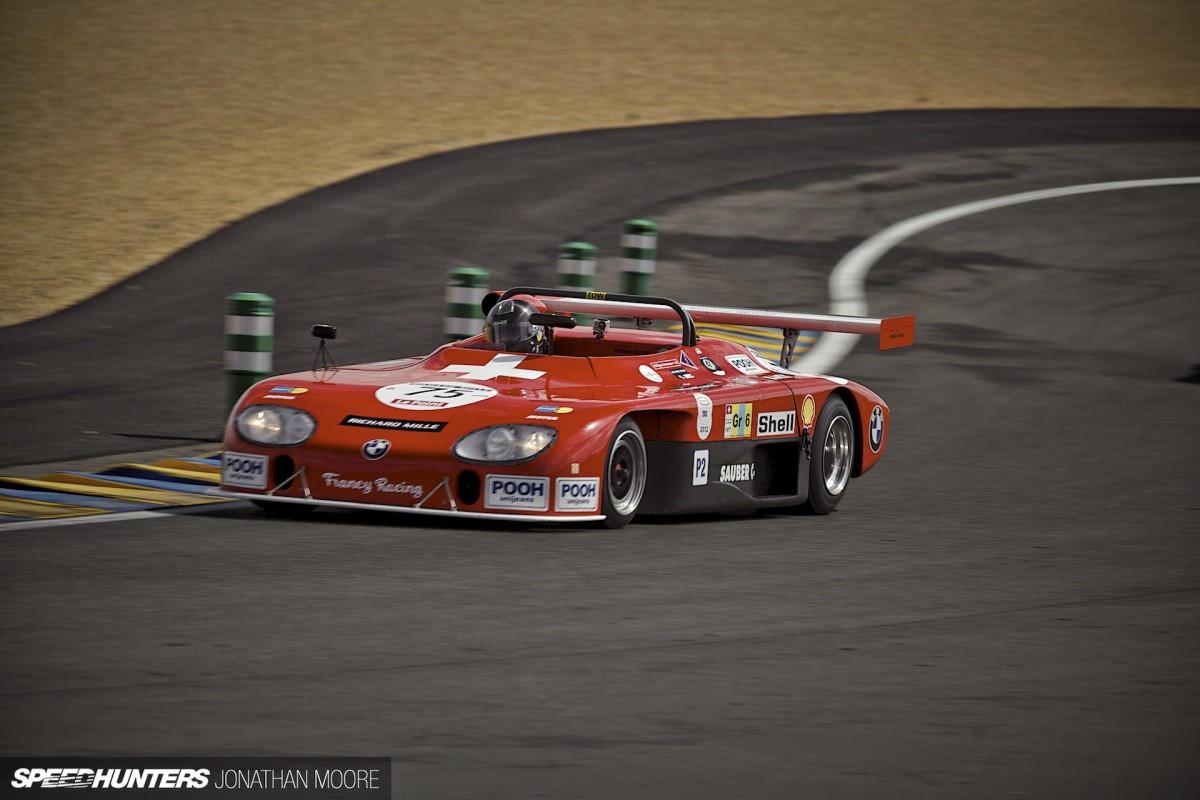
Amongst the many quirky sports prototypes that populated the Plateau 6 grid was this 1976 Sauber C5. Not the prettiest, I grant you, but I think worth pointing out as one of the earliest models from the Swiss team, the first to race at Le Mans and the progenitor of Mercedes’ return to the race the following decade.
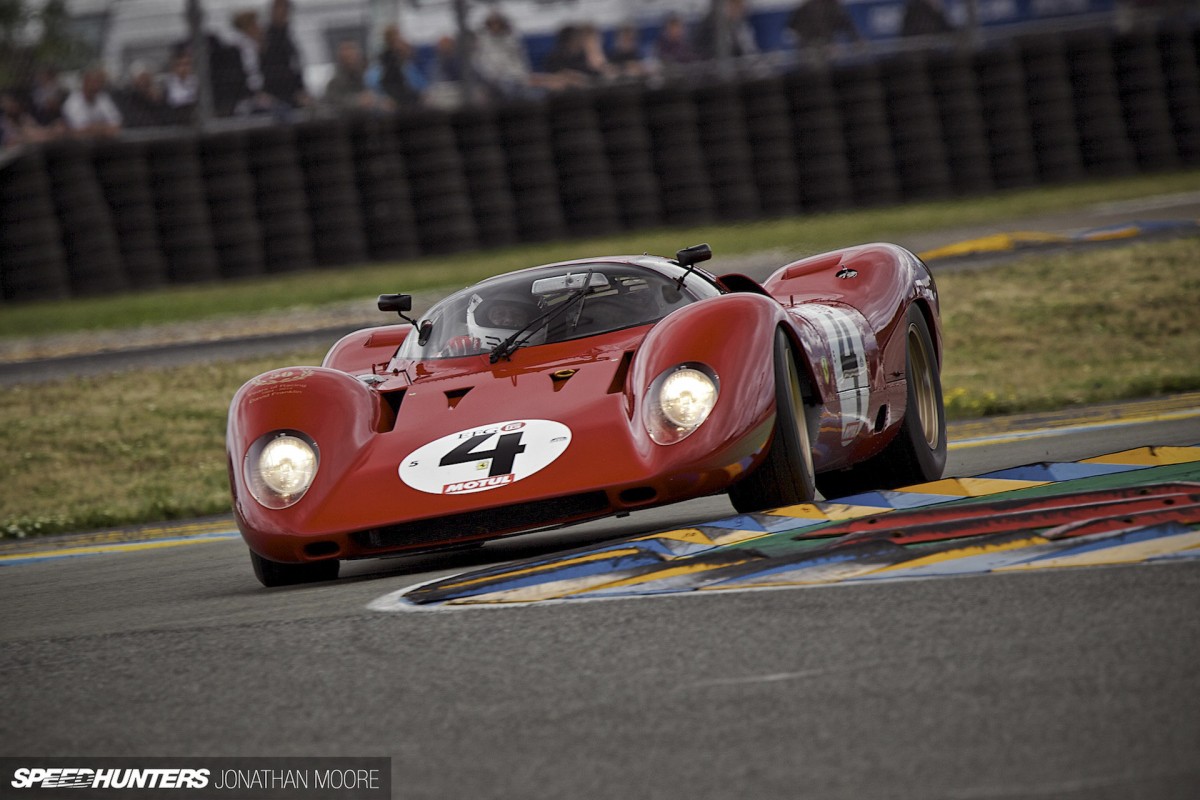
Le Mans wouldn’t be Le Mans without a Ferrari or two. This is one of the most beautiful ever: the 312P from 1969. Its three-litre flat 12 sounded glorious, but it’s the shape that really stuns. Is there anything lower or wider?! The 512 that succeeded it wasn’t such a bad looking car either…
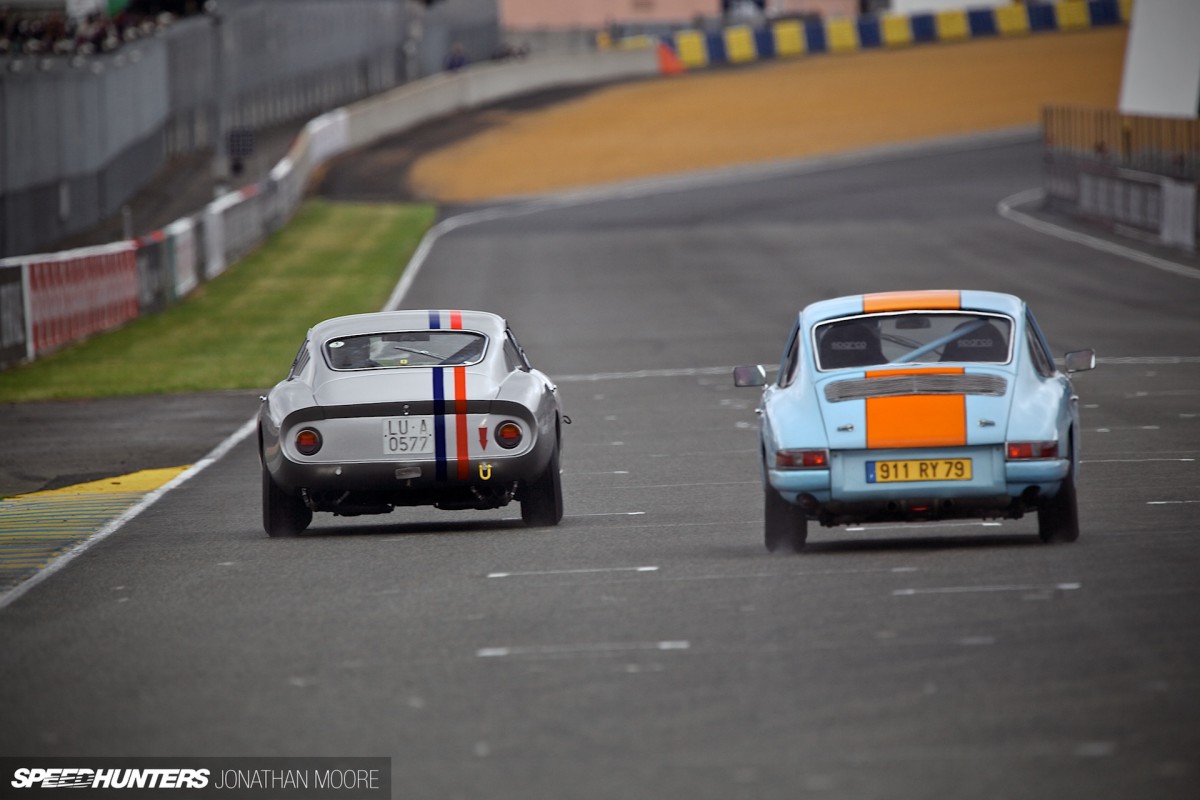
Le Mans is where the everlasting motorsport war between Porsche and Ferrari kicked off. Oh yes. Porsche. I’d almost forgotten about them…
By The Numbers: A Porsche Le Mans History Lesson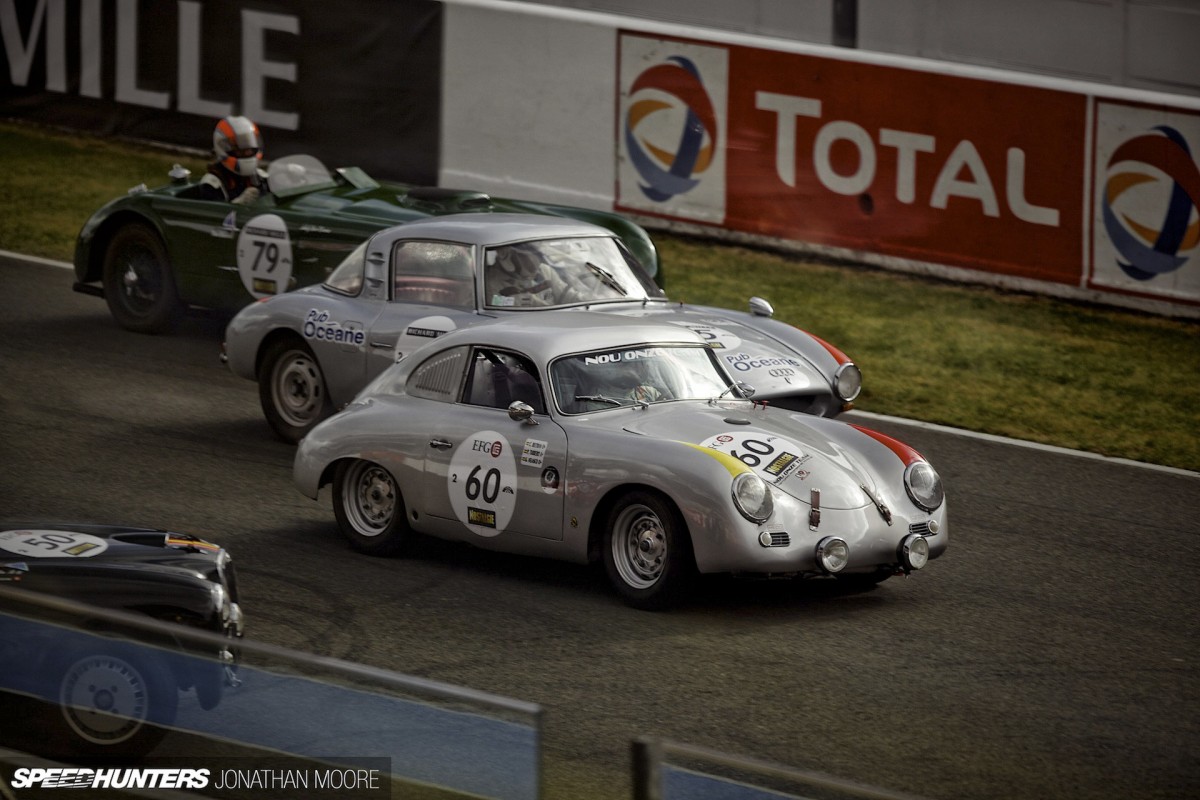
Forgotten about Porsche? Hardly. Back at Le Mans this year after a decade and more away from competing at the sharp end, at the Classic the grids were awash with Porsches. They provided a visual guide to the finest racing Porsches from between 1952 and 1979; I’ll start off with the earliest racer at the Classic, the 356. Seven were out in Plateau 2, and even more in 3!
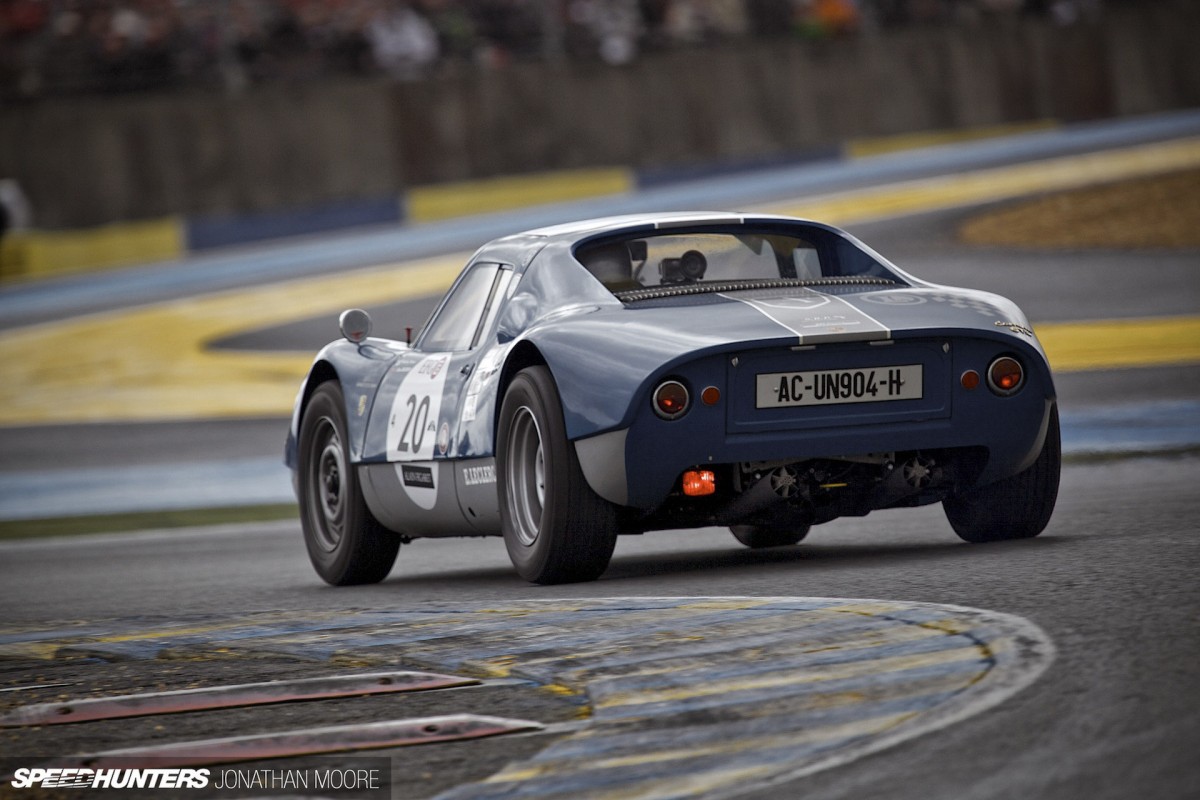
The 904 GTS saw the start of a branch of prototype racing Porsches with very obvious descendants. Mid-engined, it took up where the 718 of the late ’50s had left off. Five were entered in Le Mans in ’64, and all finished in the top 12 amongst much more powerful cars. There’s a story of a customer driving his new car from Stuttgart to Reims in France via the autoroutes, racing on the track and winning – off the bat. I’d like to see a 919 Hybrid do that. Not that it couldn’t: I’d just like to see it happen!
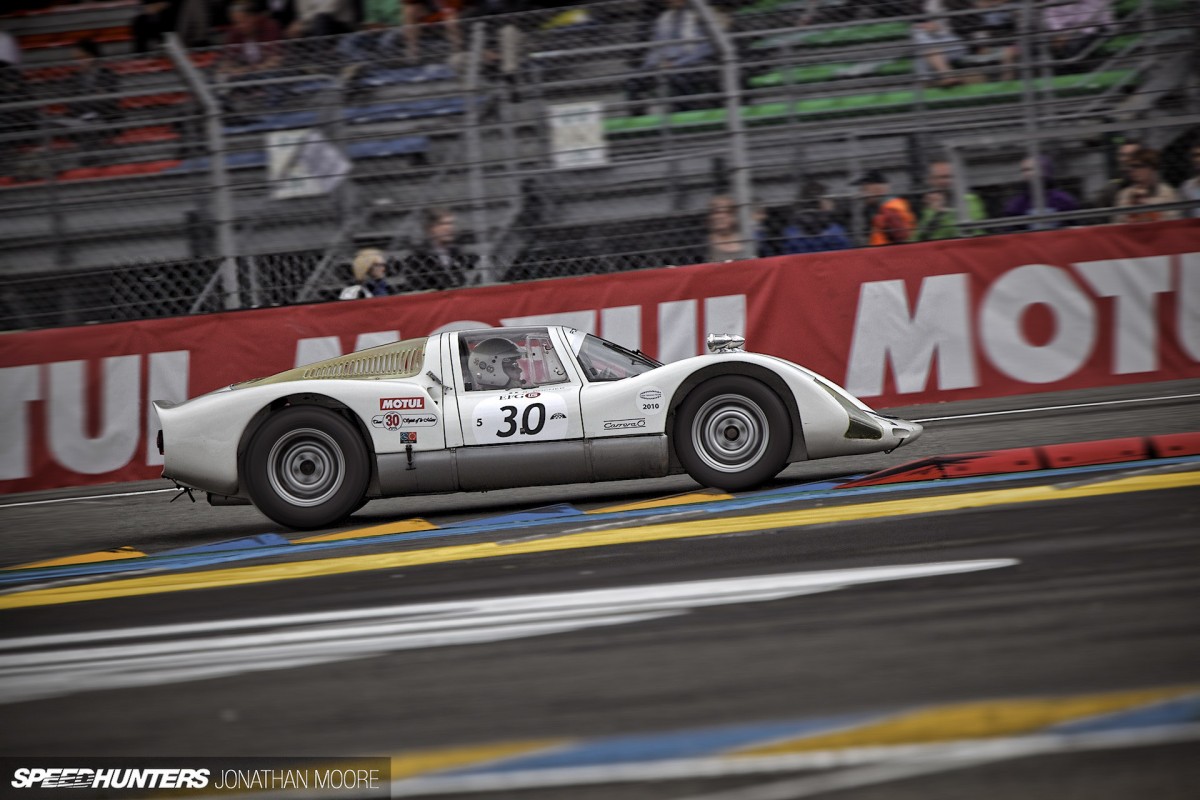
The lithe coupé shape evolved into the 906 Carrera 6 from 1966: it introduced a spaceframe chassis over the previous generation’s ladder frame, and a lightweight fibreglass body. Oh, and both this and the 904 were fully street legal as bought!

Confusingly, the 910 followed on from the 906, and was raced in ’67 and ’68. Its main difference was in using F1-style 13-inch rims and a single central wheelnut to speed up pitstops.
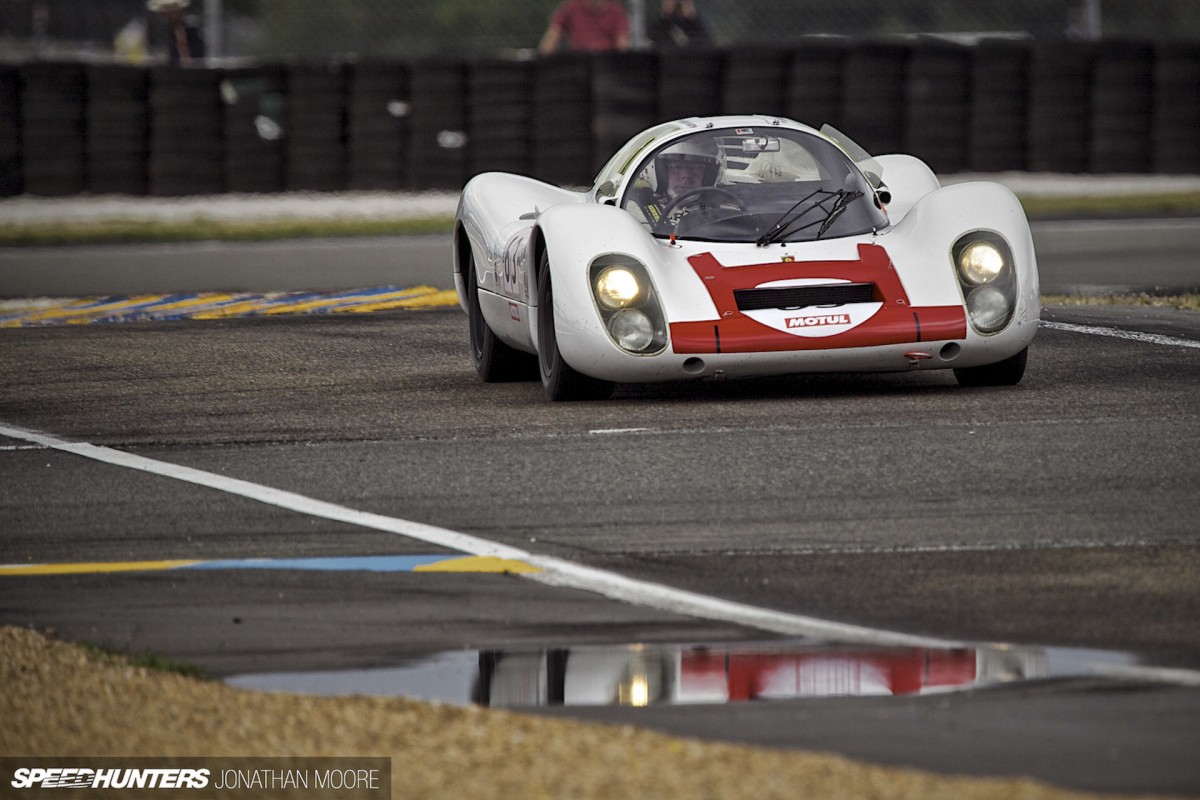
I always find it difficult to tell the difference at a distance between these Porsches, as they were small evolutions rather than radical redesigns and often most of the changes were under the skin. The 907 from 1967 has a giveaway though: the driving position was switched to the right to optimise it for the predominantly clockwise European battlegrounds it would take on. It also introduced langheck (long tail) bodywork expressly for Le Mans.
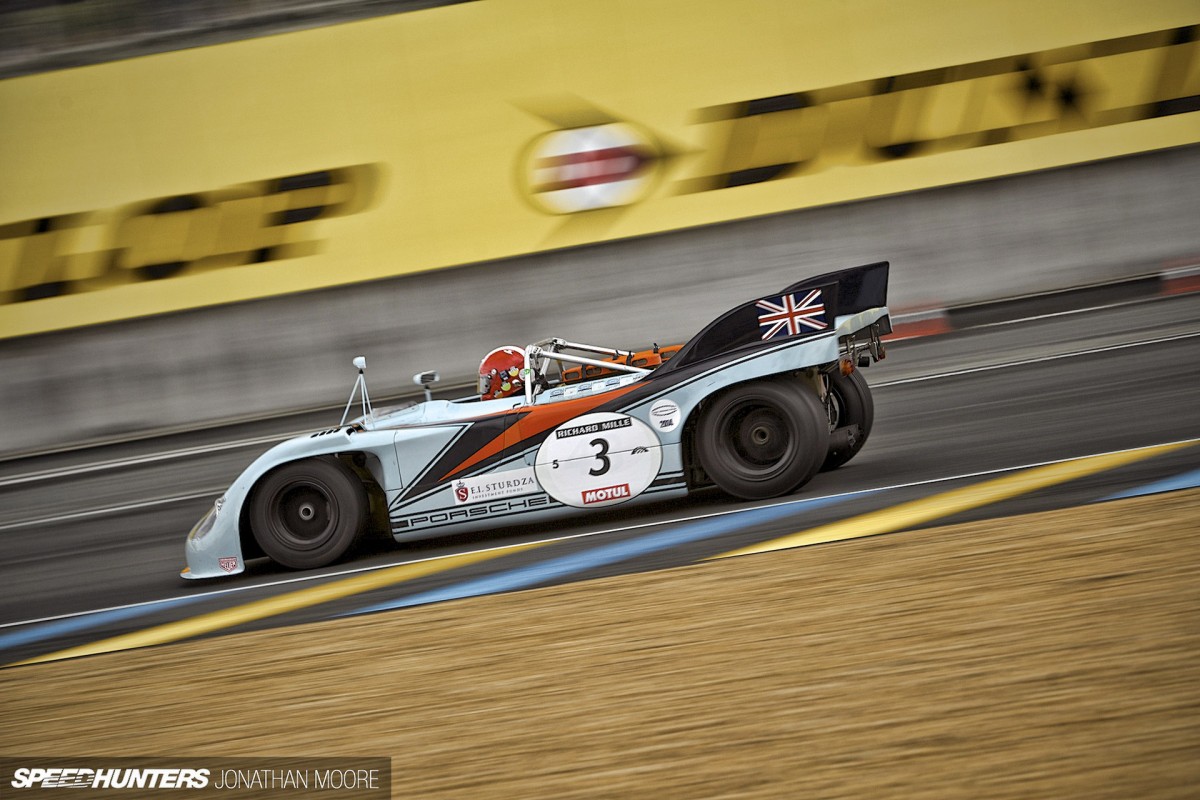
An aesthetic left-turn now to take in the 908/3, one of my all-time favourite Porsches. This snub-nosed fighter raced in ’70 and ’71 with a three-litre flat eight out back. Short and manoeuvrable, it was developed from the 908 long-tail coupé, which was much more similar to the previous lineage of numbers. This compact racer was used almost as a wingman to the bigger prototypes in endurance races, but excelled on more complex tracks like the Nürburgring or, famously, the epic Targo Florio road race in Sicily.
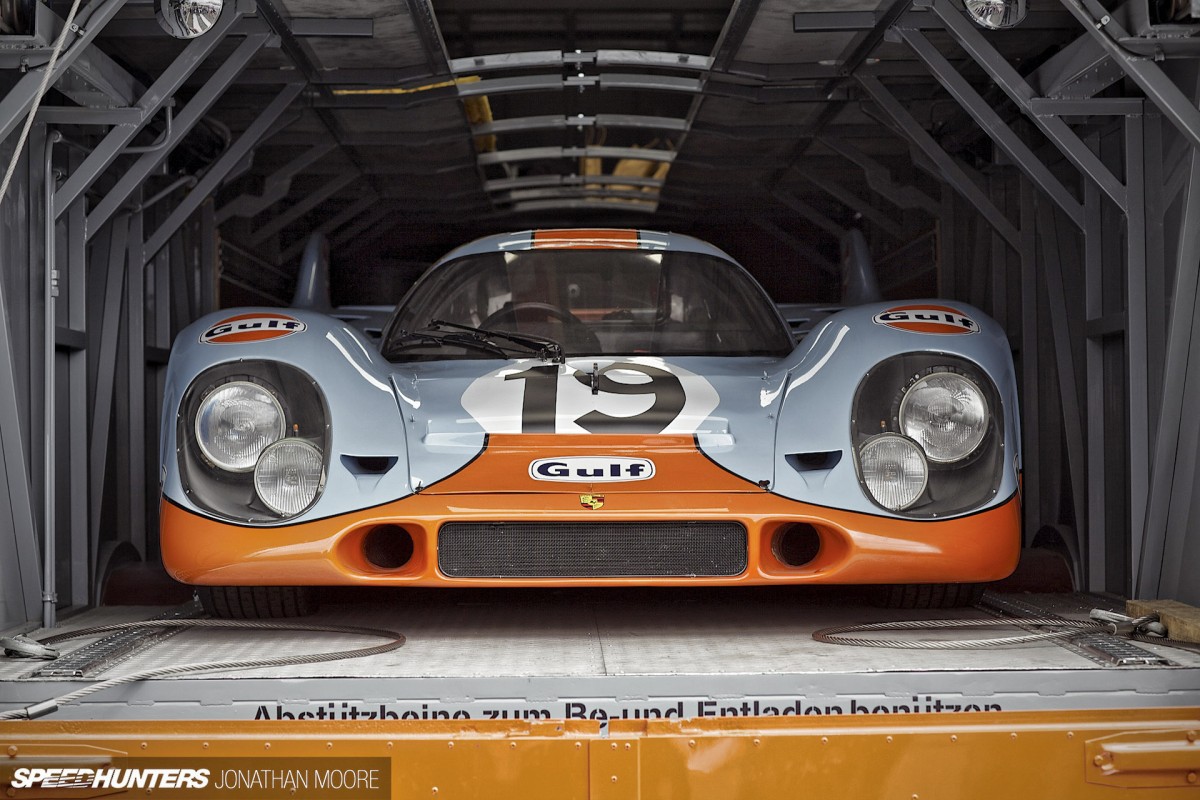
The prototype programme would continue with the iconic Porsche 917 – and in a model awash with famous liveries, it’s still the Gulf colours that are synonymous with the car. This 917 was brought along by Roald Goethe: it’s part of his RofGo collection of dozens of Gulf-liveried cars. Which reminds me, I’ve got a shoot from last year’s Spa 24 of a RofGo exhibition which I’ve never got round to…
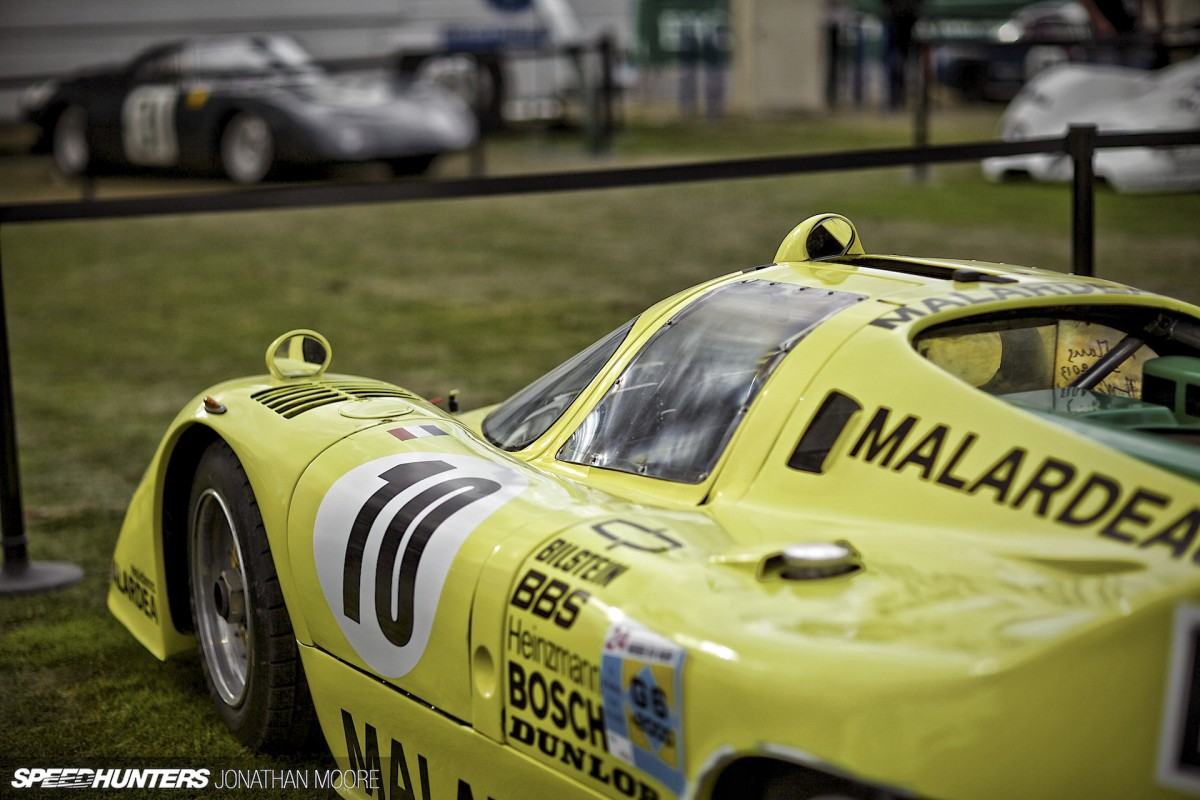
The 917 only raced for three years in the World Sportscars Championship before Porsche turned the 917 into the battlestar CanAm 917/10 and /30s, but a rules change in 1981 brought it back for one last hurrah courtesy of Kremer Racing. This is the one-off 917K/81, shown off in a separate corral showing off rare cars that raced at Le Mans over the decades.
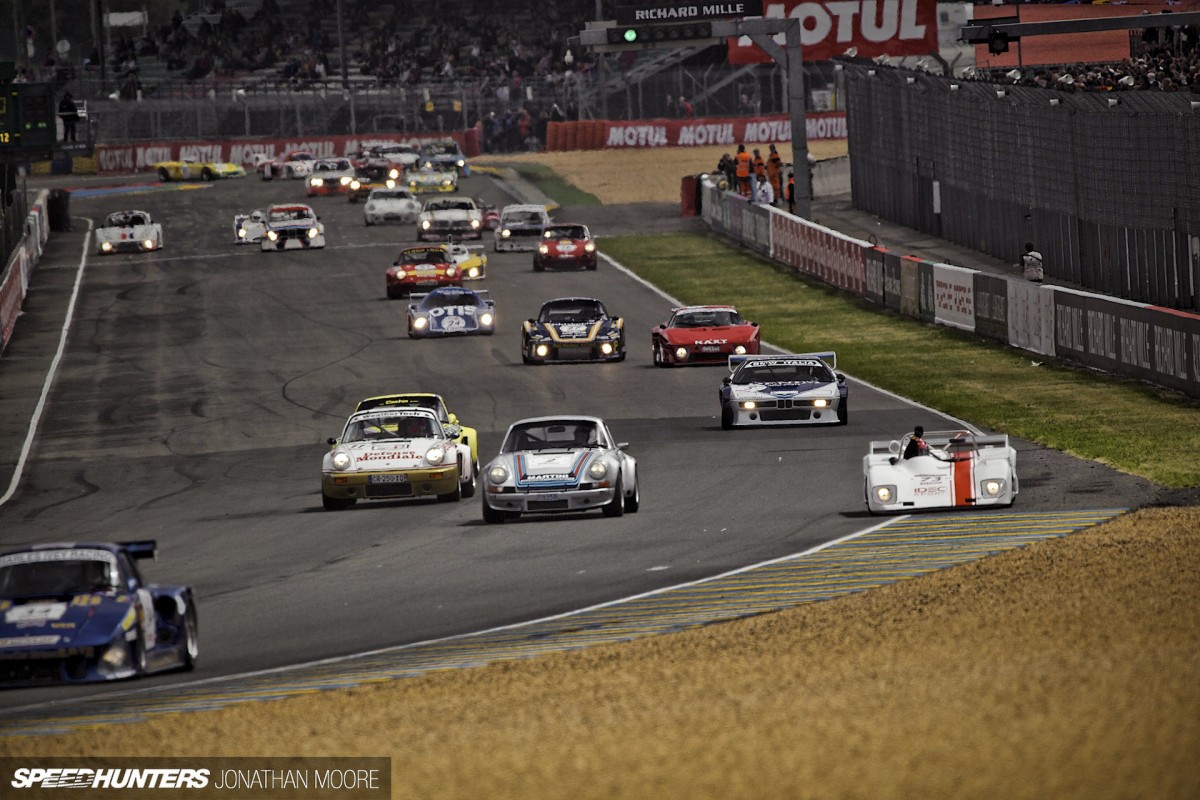
There are three numbers inextricably linked with Porsche: 911. They’re also inextricably linked to Le Mans. Porsche 911s have seemingly raced at Le Mans forever. The first 911 was entered by a privateer in 1966, three years after the car was launched on the road, and Group C era aside, I don’t think there have been many 24 Hours without at least one variant.
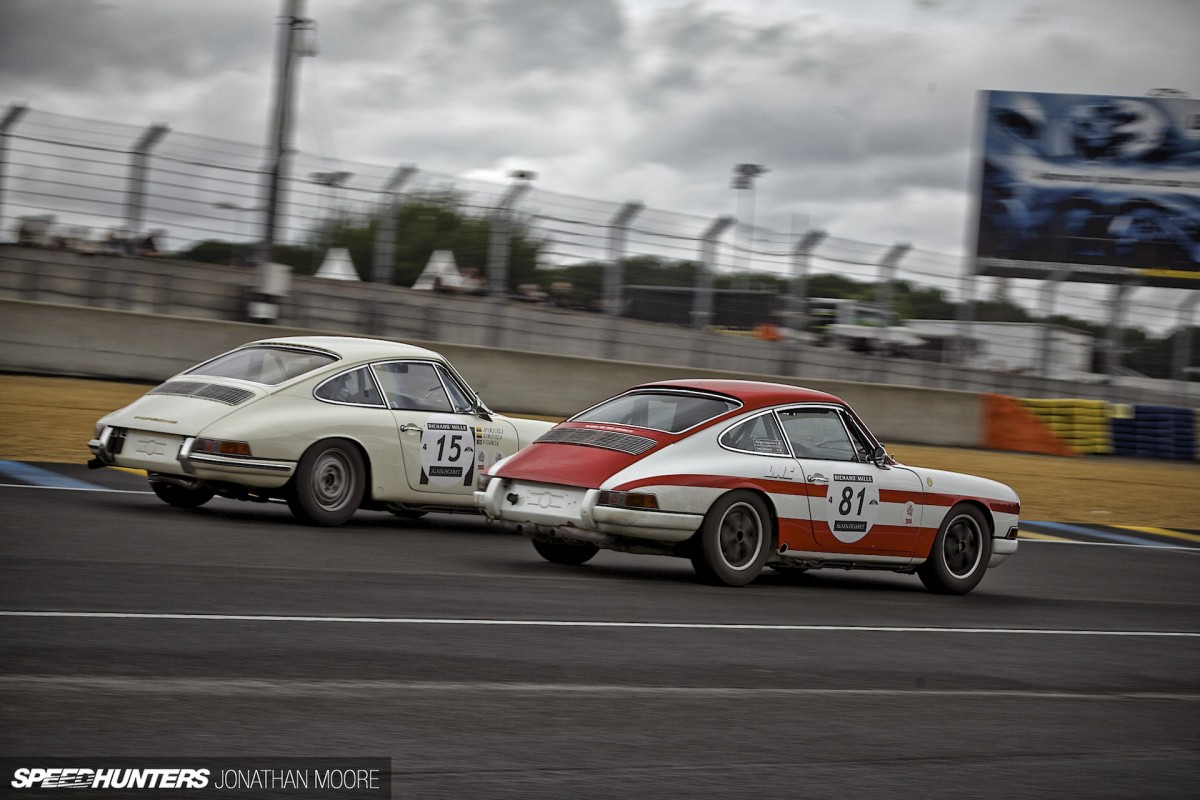
Plateau 4 cheekily included a trio of 911s listed as being from 1965, but interestingly #15 was an original 901 model from 1964, the launch version that spawned a legend.
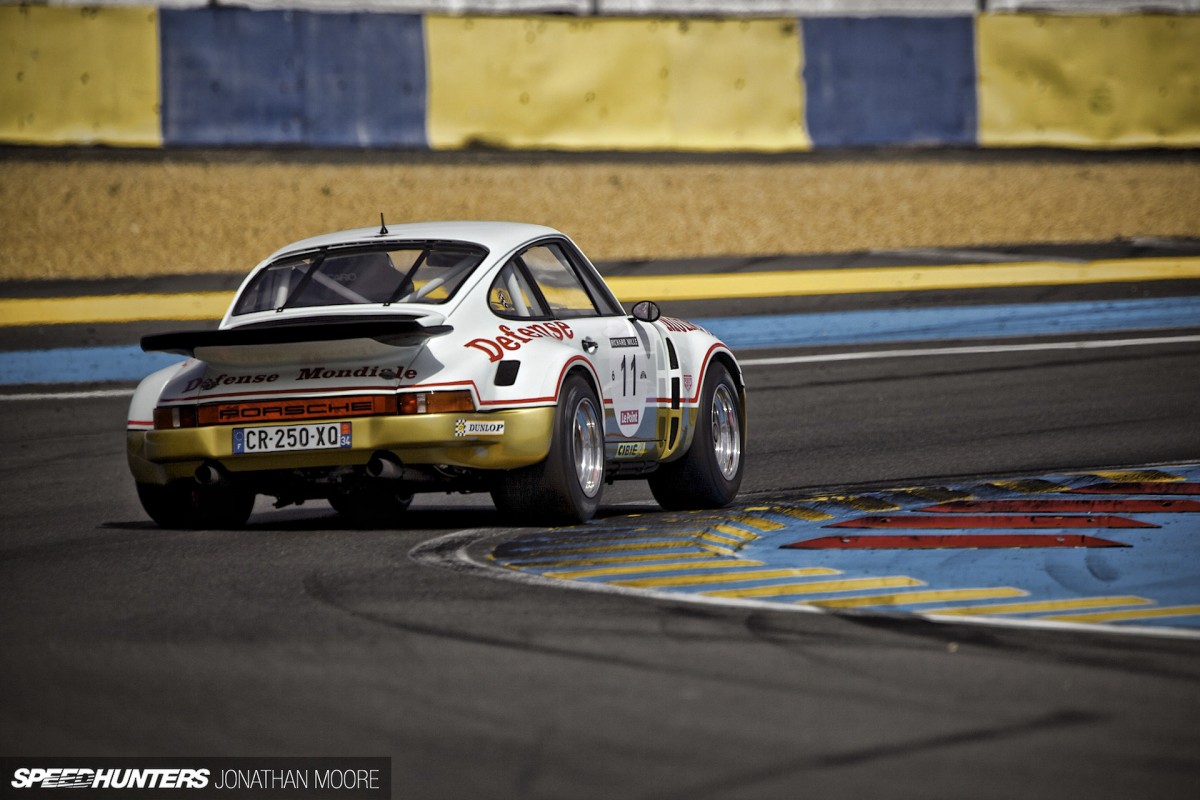
But 911s didn’t say narrow and clean for long. Porsche’s racing department were let loose and factory racers became ever wider. RSR became a byword for extreme Porsches in the ’70s, whale-tails and huge fenders their identifiers, along with that immediately identifiable whistling sound from the three-litre flat-six hanging out back. They quickly became the car to have for privateer GT racers.
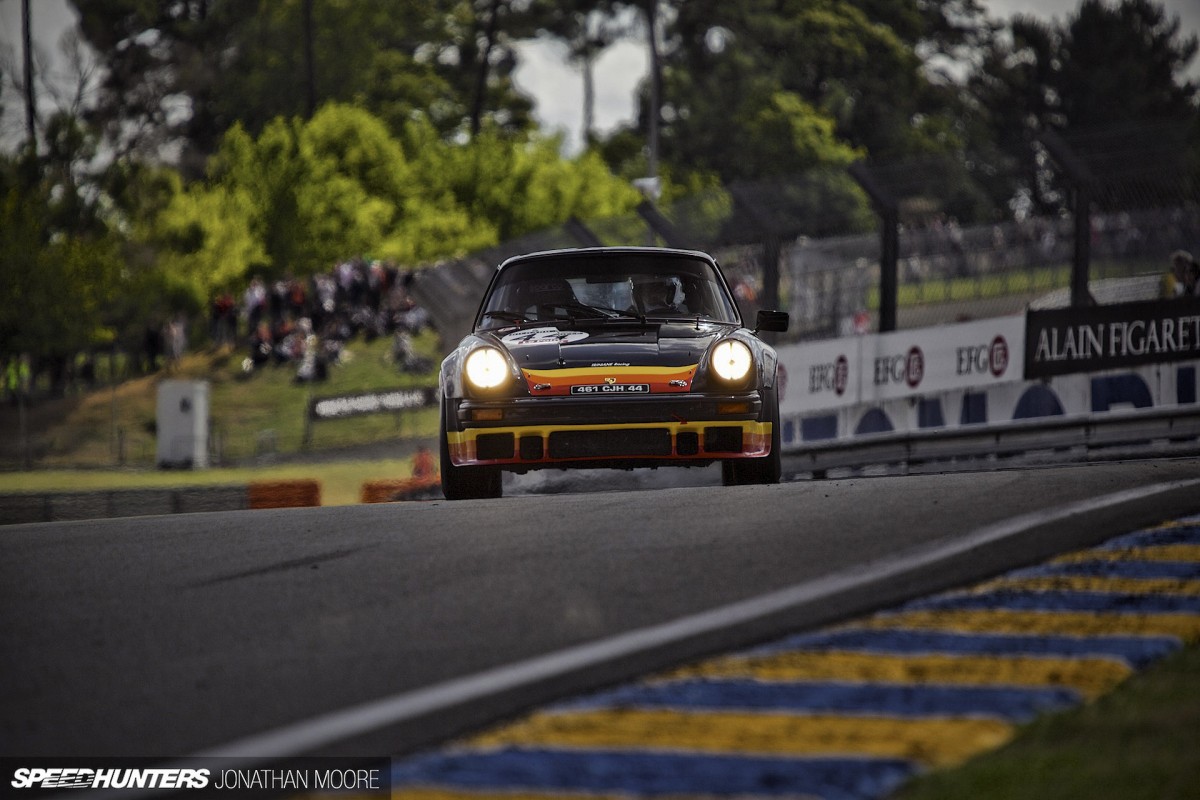
As we all know, in 1975 Porsche did something radical: they threw a turbo at a road-going sportscar. The 930 raced as a straight-up GT car upon the road car’s launch, but more fearsome machines were used in development.
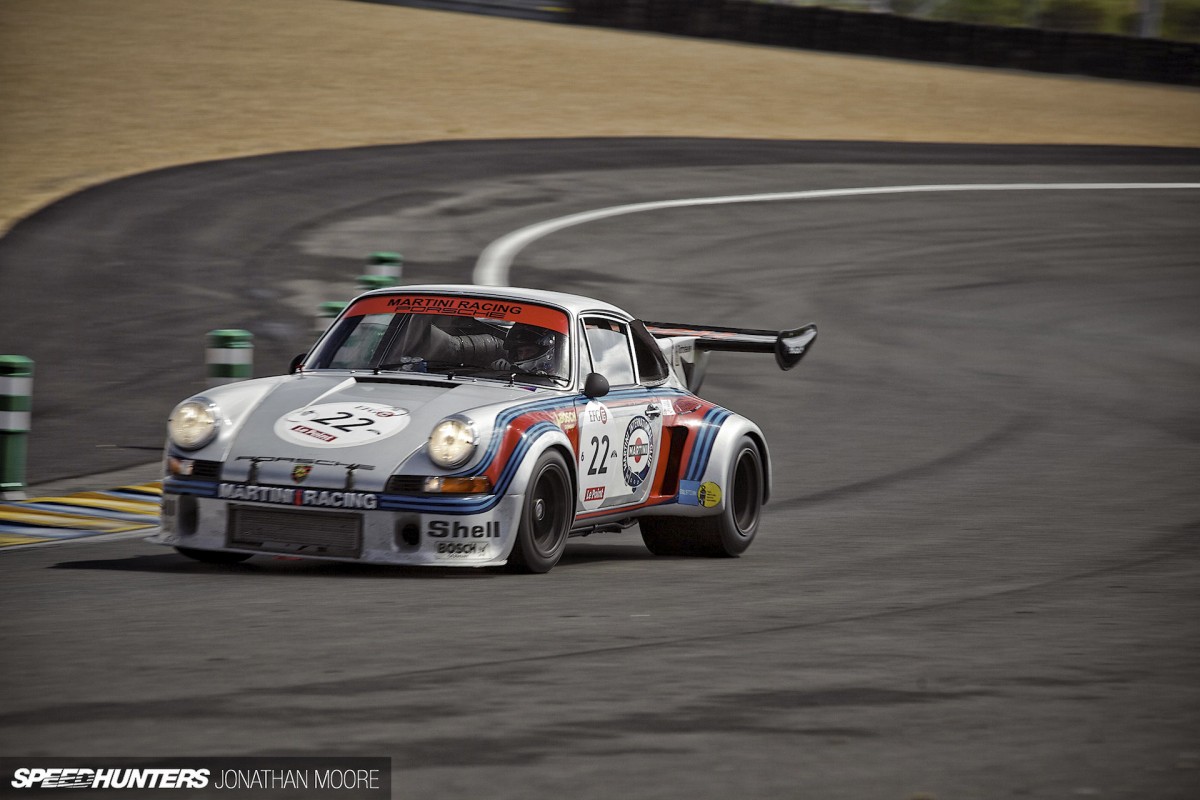
The RSR Turbo was almost Frankenstein’s monster in looks, with its rear wheels sitting outside the original body line and that huge high wing assembly bolted on. But it wasn’t about looks – it needed all that kit to try and control the ferocious power on tap. It was only 820kg and had 450hp, for pity’s sake. What a glorious thing.
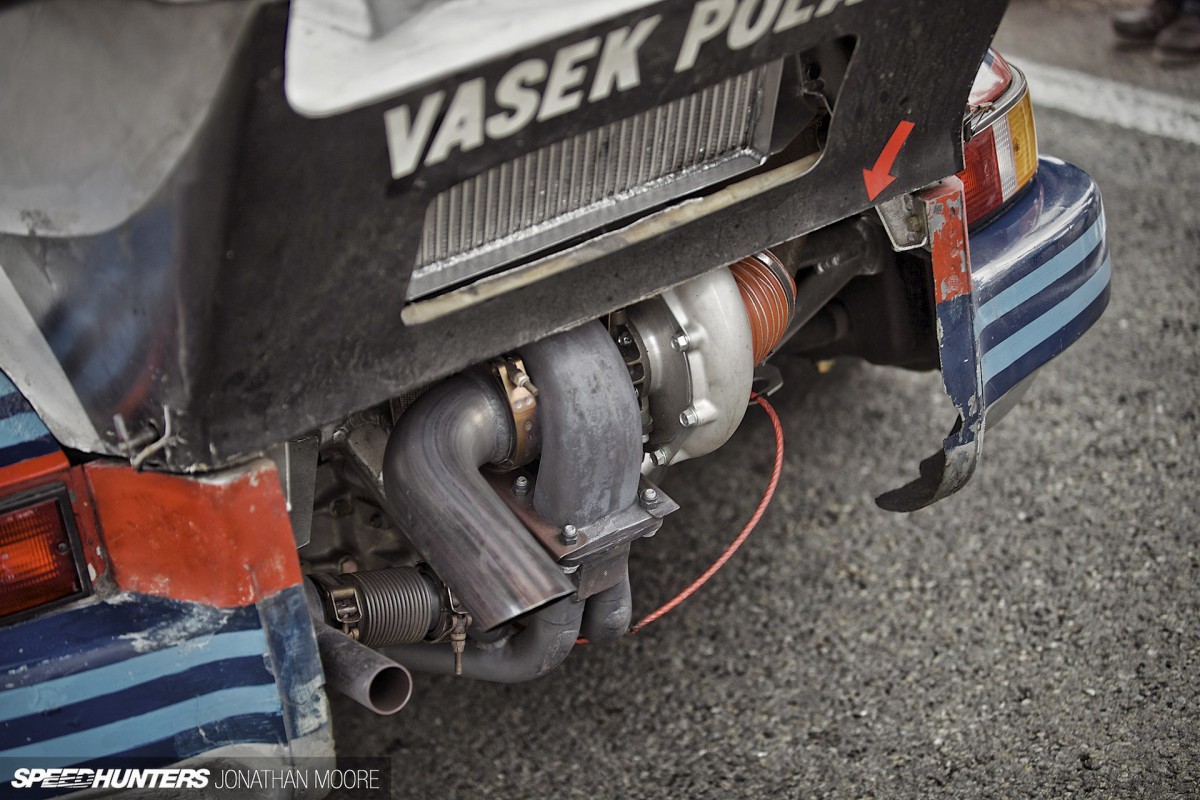
Total. Weapons. System. The RSR dominated in 1974, but more was to come. More numbers were to be added, in every sense.
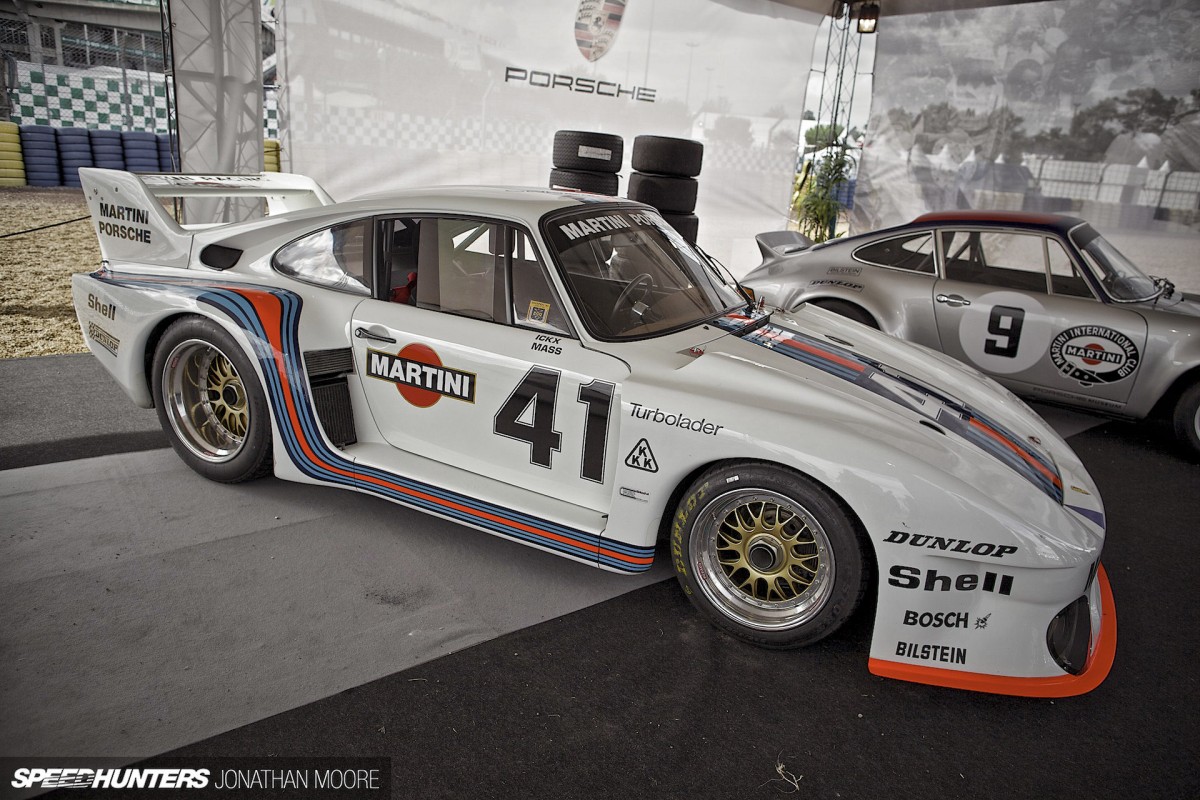
935. Three numbers that even if I type quickly make me go slightly funny. Group 5 rules allowed pretty much free rein on power, so what was there not to like? Porsche had their own mini-museum at the Classic, which included this /77 model. Nobody puts baby in the corner, so they had to bring the two-litre version. That was a Group 5 joke.
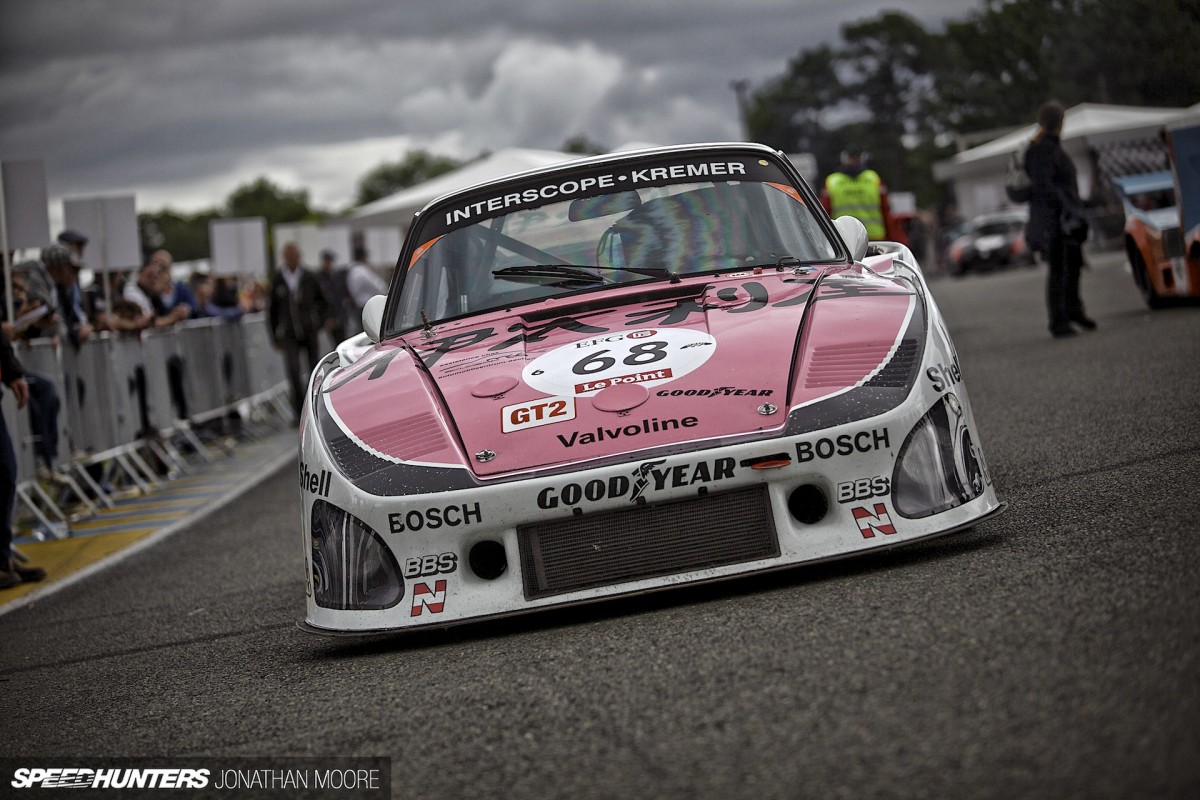
935s are simply awesome machines. Comprising a whole series of evolutions over a nine year period, they utterly dominated everywhere. Almost like the following decade, where you if you didn’t own a 956 or 962 there wasn’t much point, 935s were in with a chance everywhere, even at Le Mans where they were up against dedicated prototypes – a 935 K3 won overall in 1979. There were nine 935s at the Le Mans Classic, including four K3s. That’s pretty much game over for me…
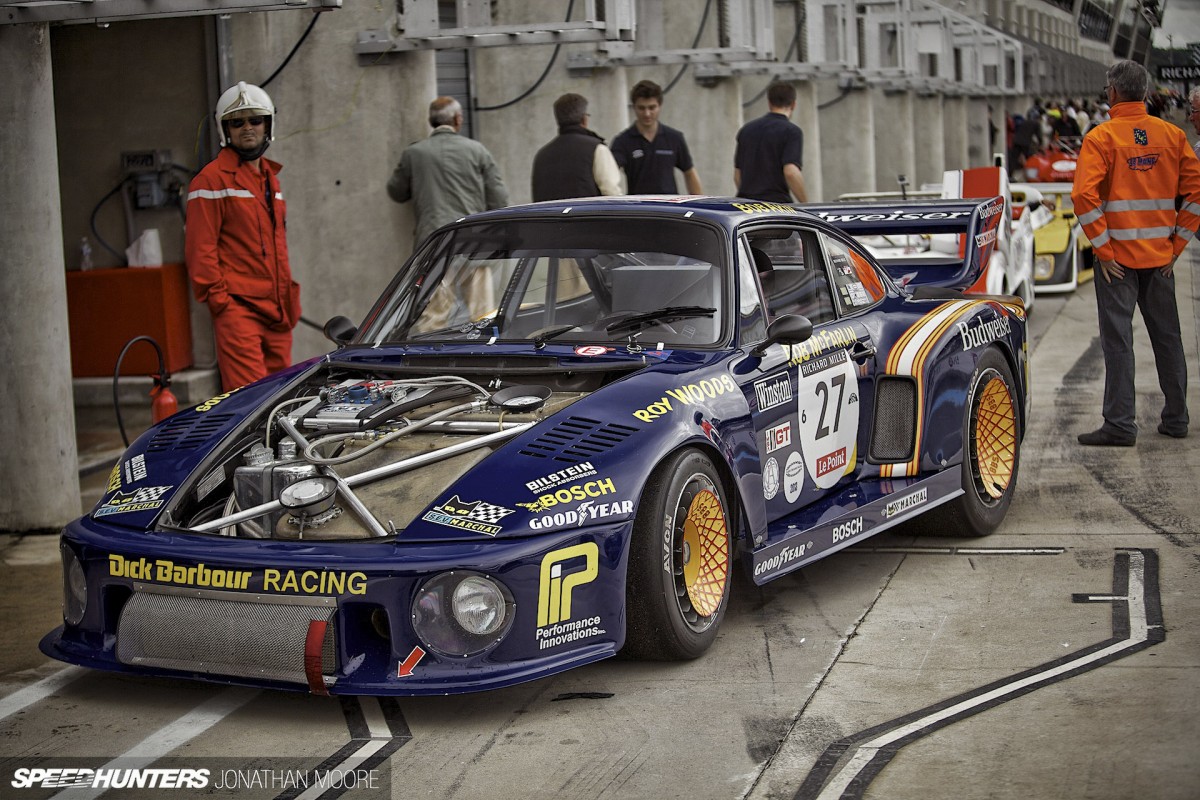
935s mean epic body kits, more horsepower than should be legal, spitting fire from the exhausts and legendary drivers who somehow tamed these beasts. It’s why we always get over-excited about them. Okay, it’s why I always get over-excited about them at least.
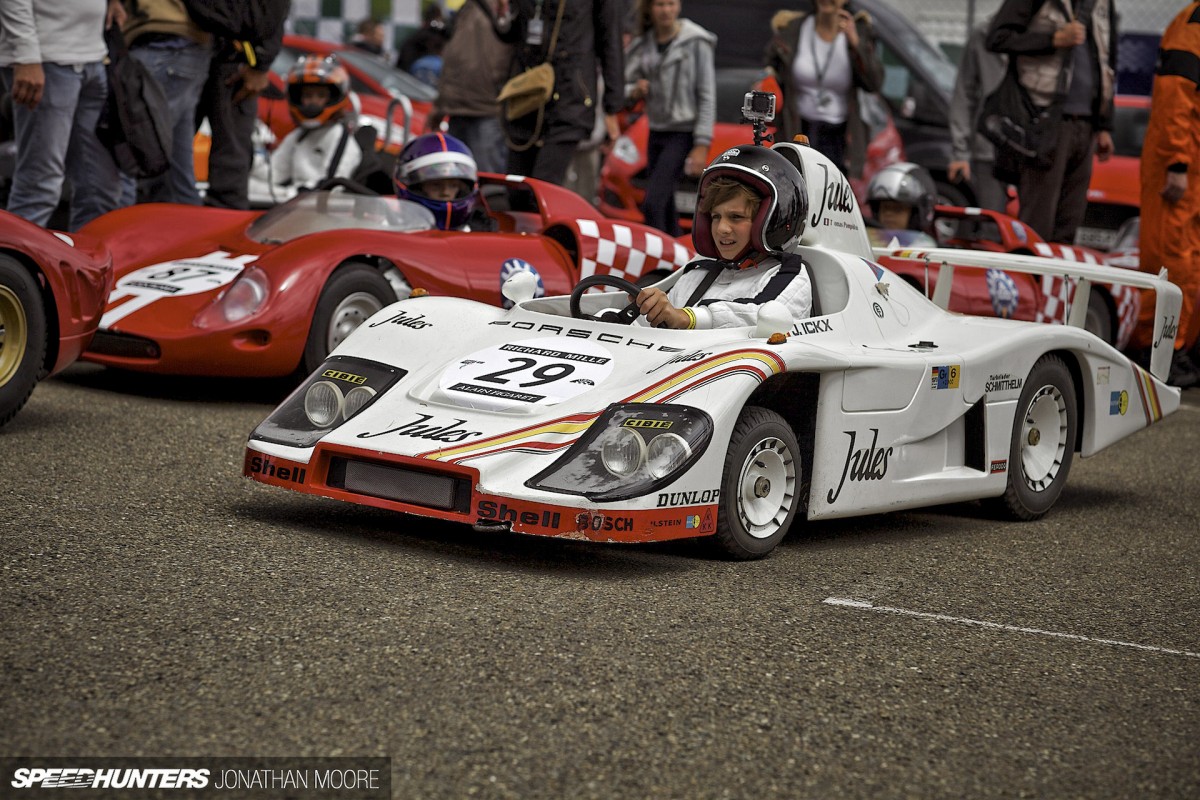
Finally, there was the 936, though I only saw this version out on track – the real thing being kept under the awning in the paddock. Still, yet again, more than one spotted. That’s the Le Mans Classic for you: everything you want, and then more of what you wanted. For 24 hours. Not a bad equation. I haven’t even mentioned the Ferrari 512 BB LMs, or gone into more detail on the Mazda Chevrons. Looks like it’s Spotlight time…
Jonathan Moore
Instagram: speedhunters_jonathan
jonathan@speedhunters.com
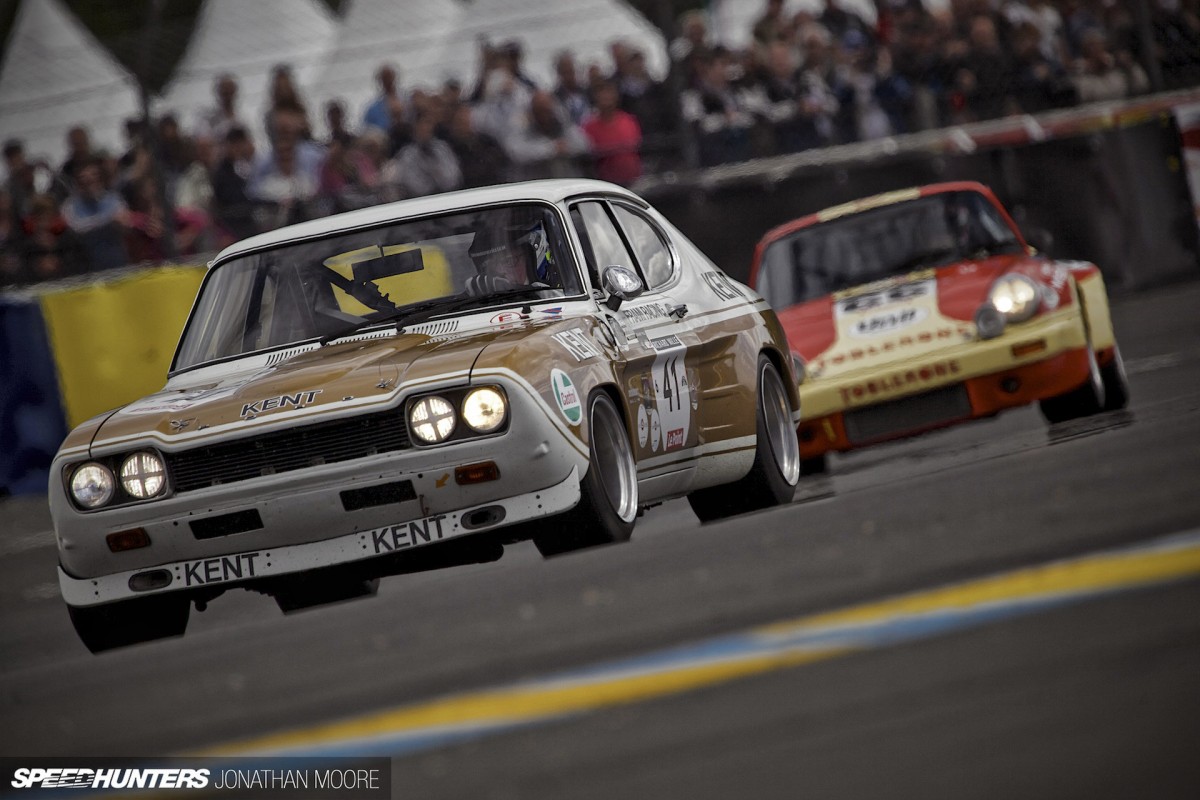
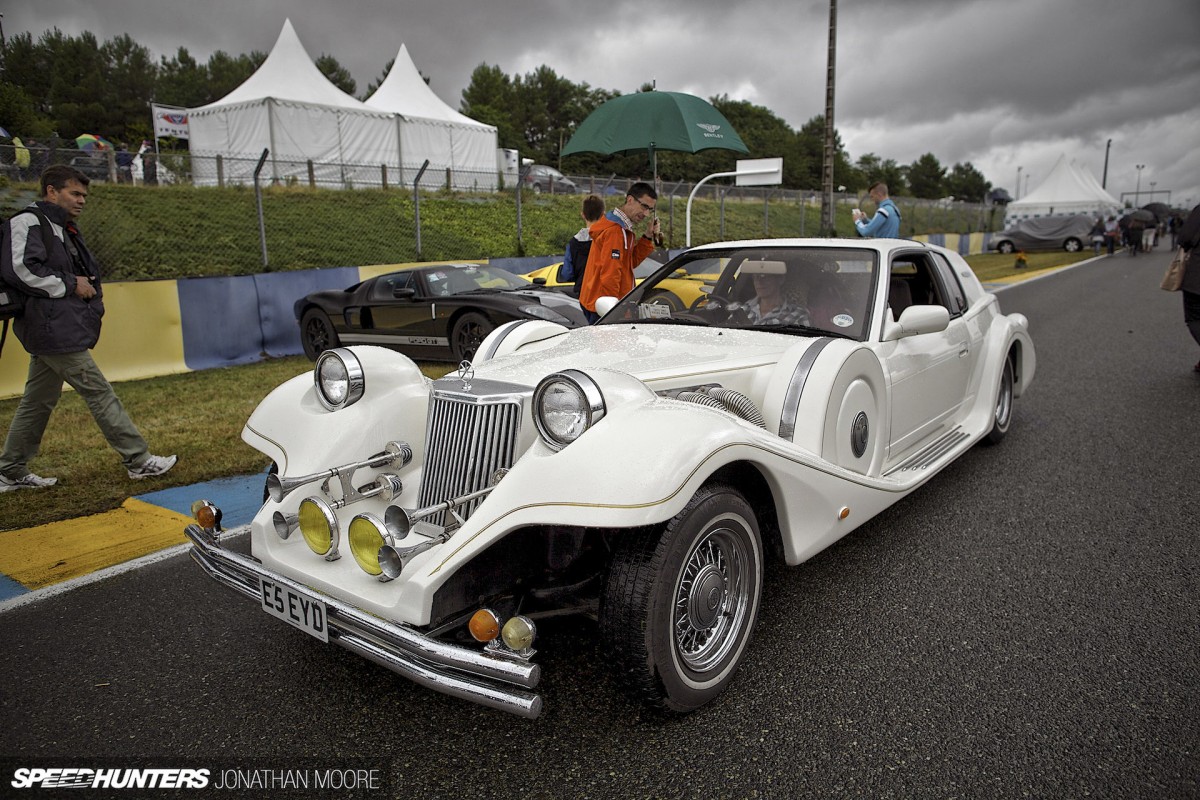
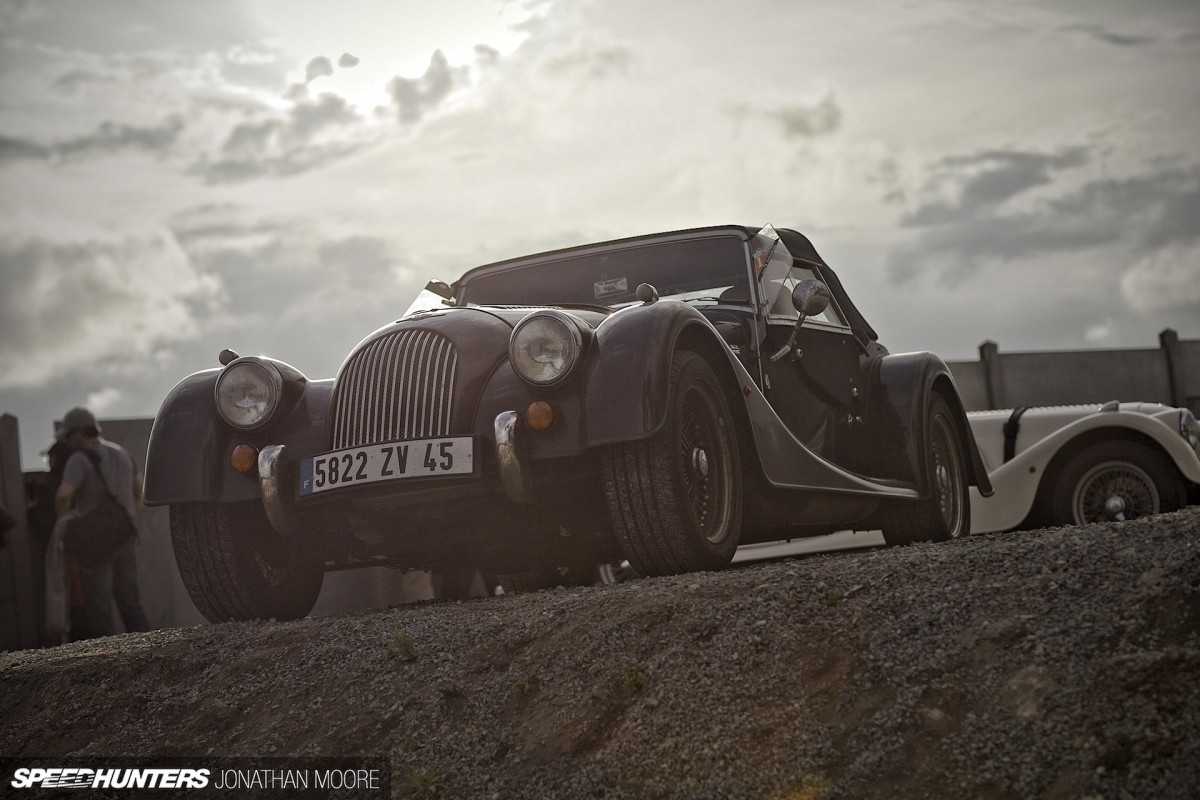
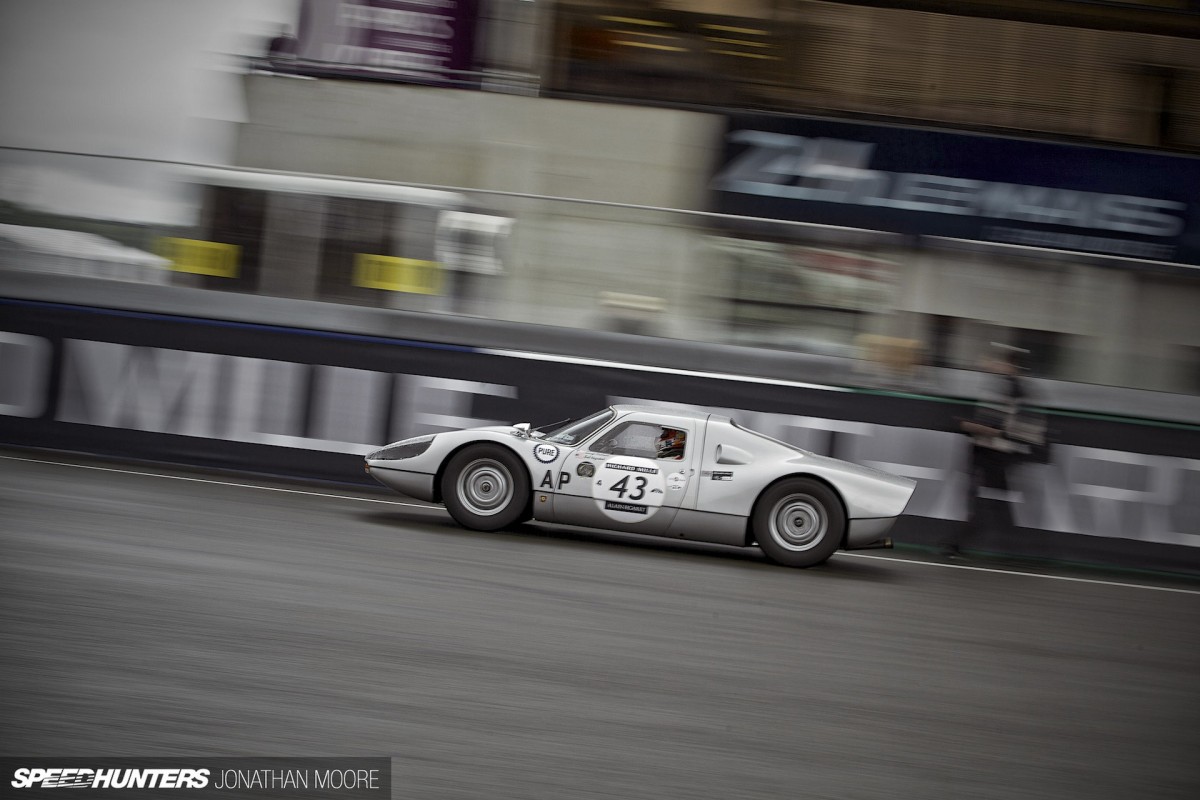
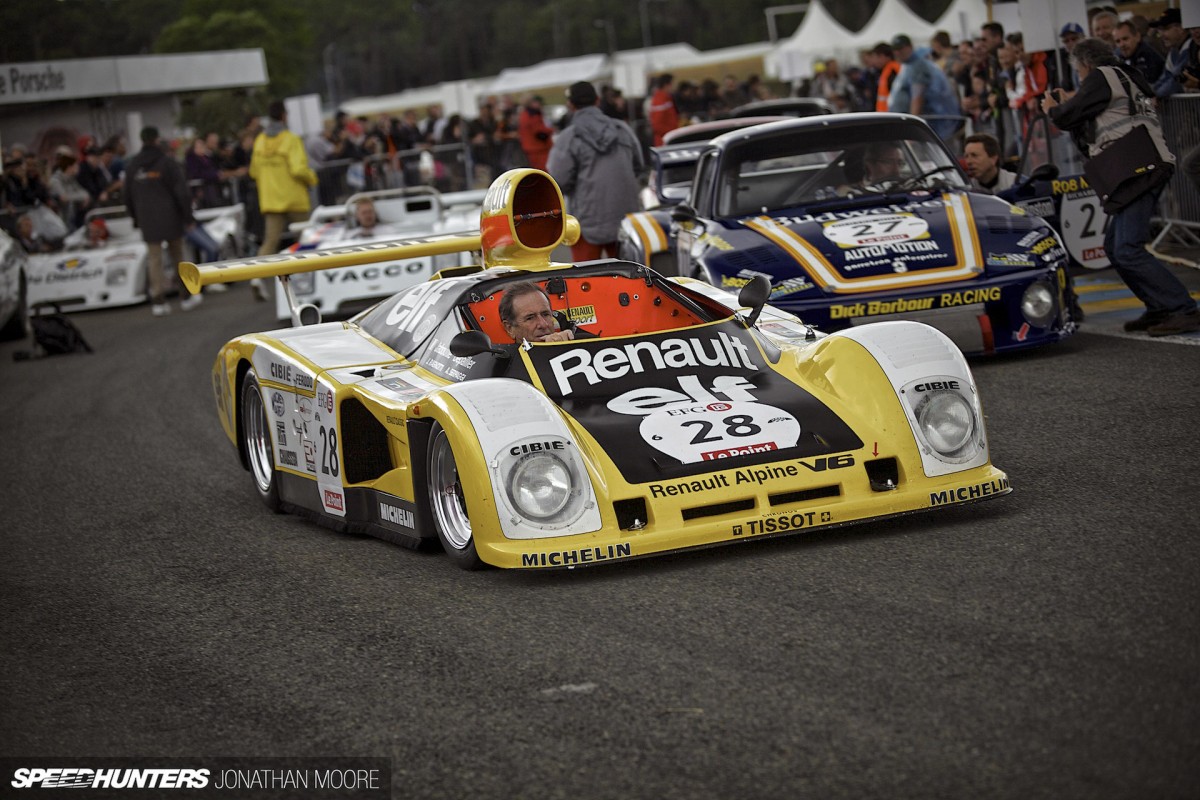
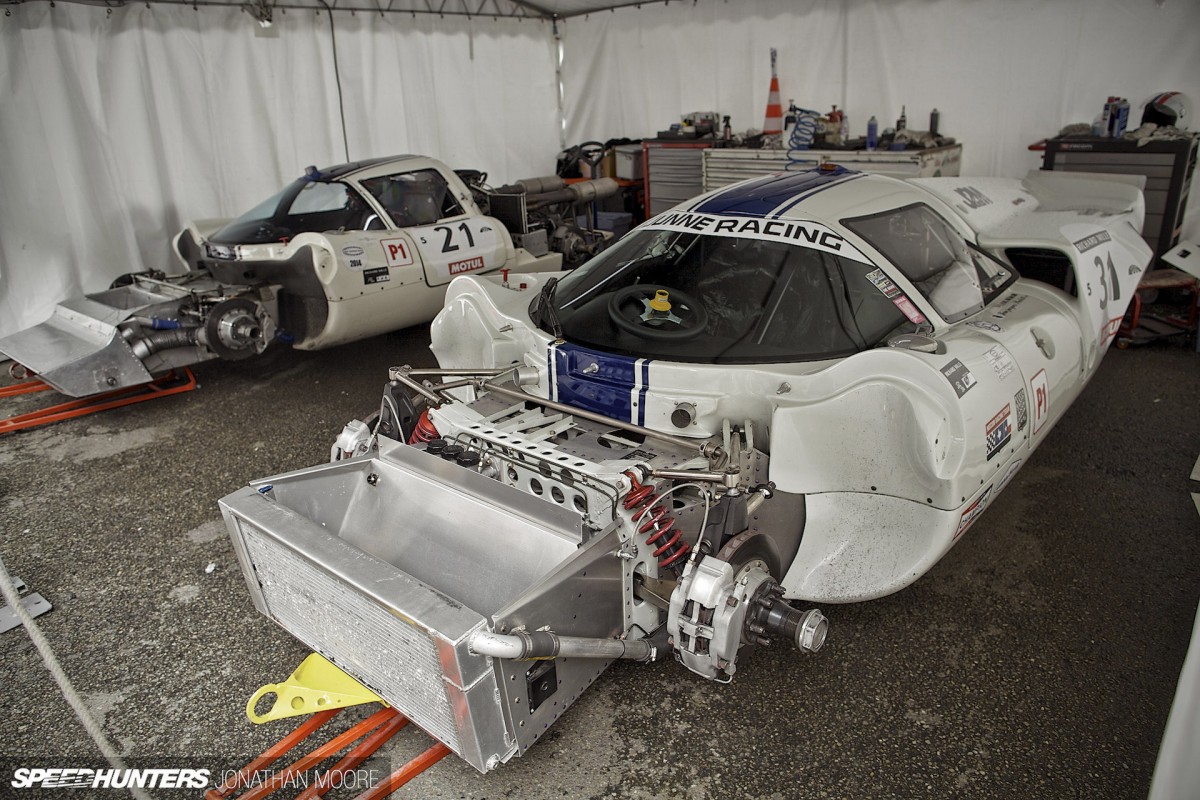
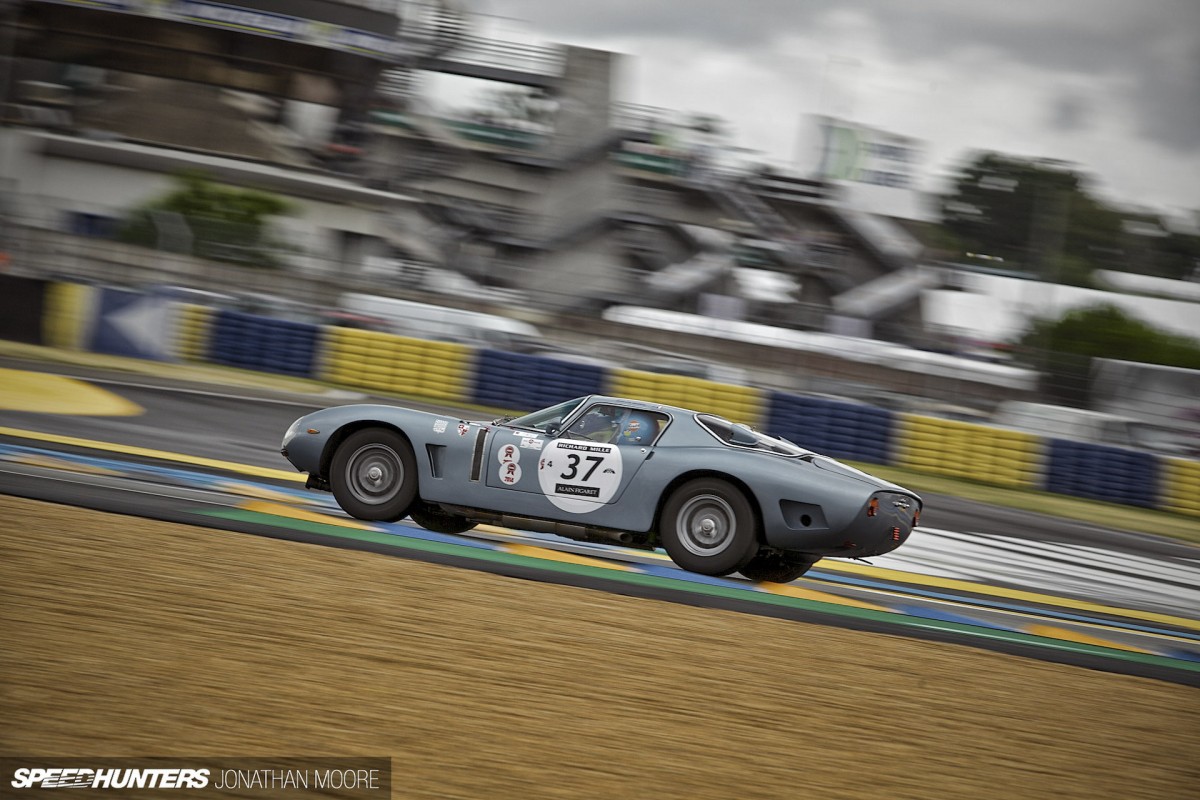
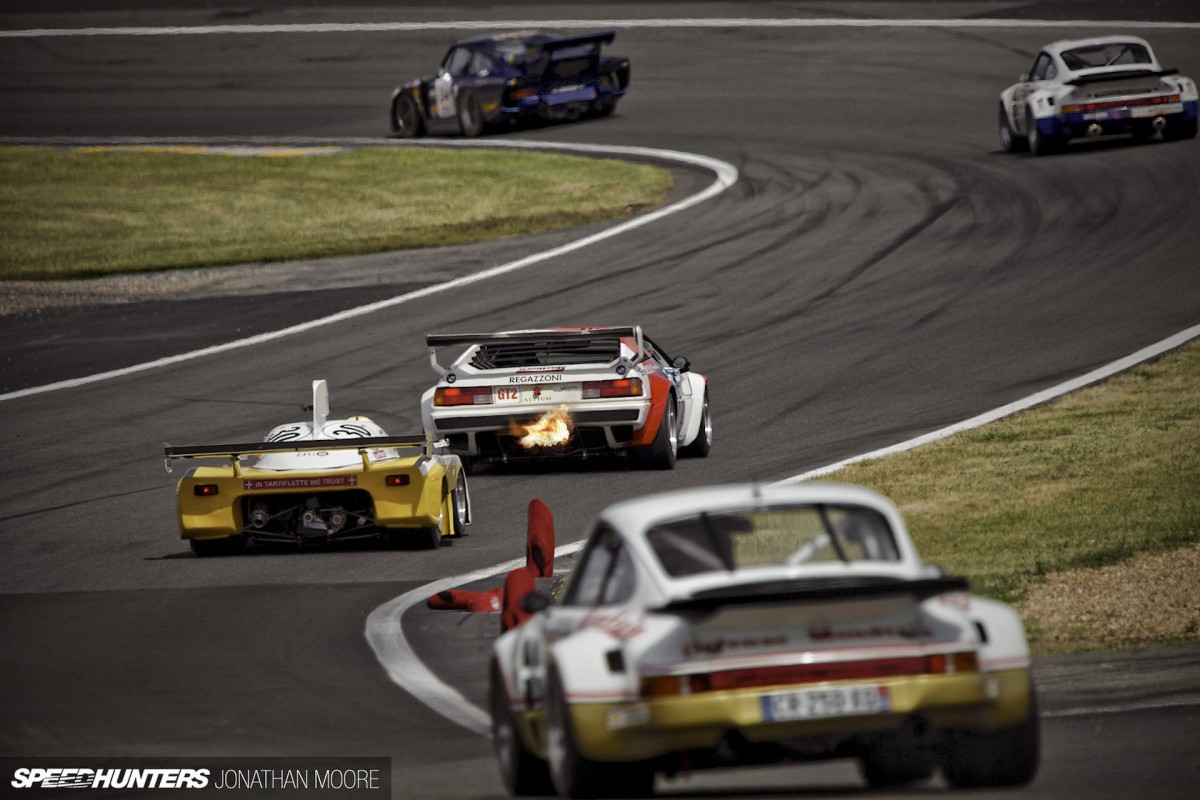
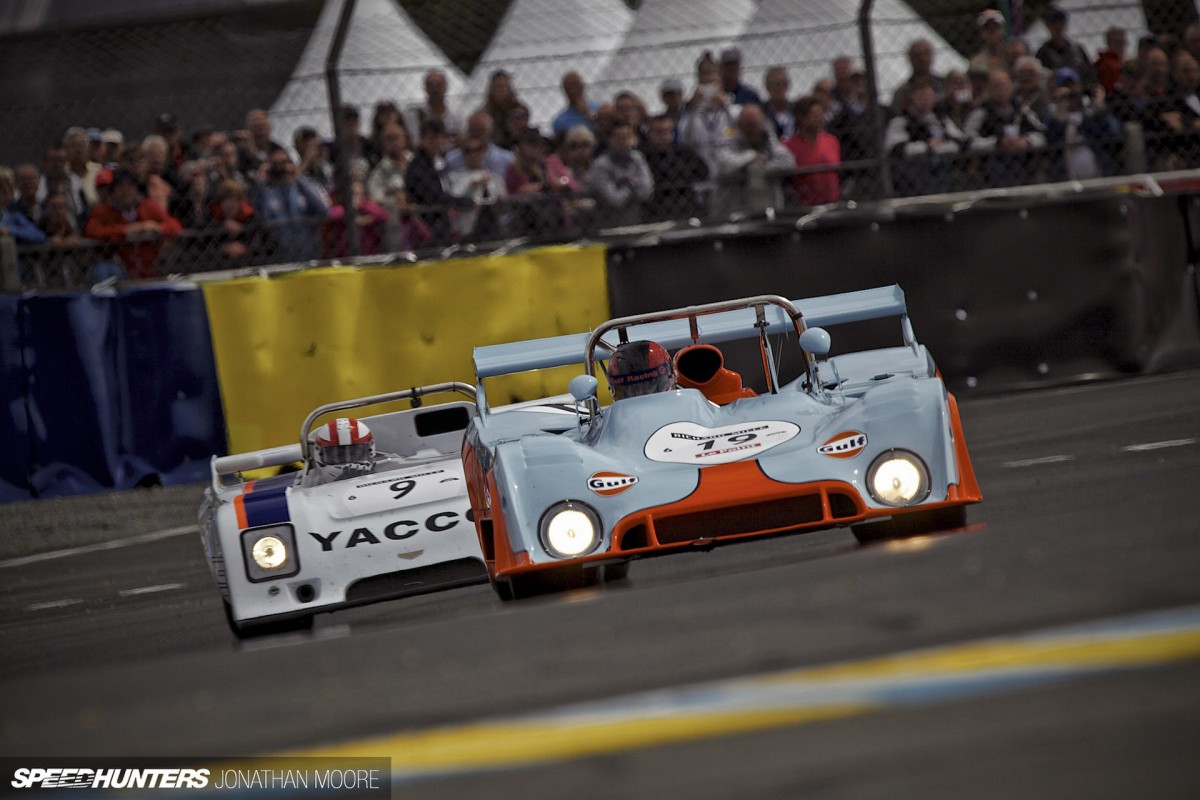
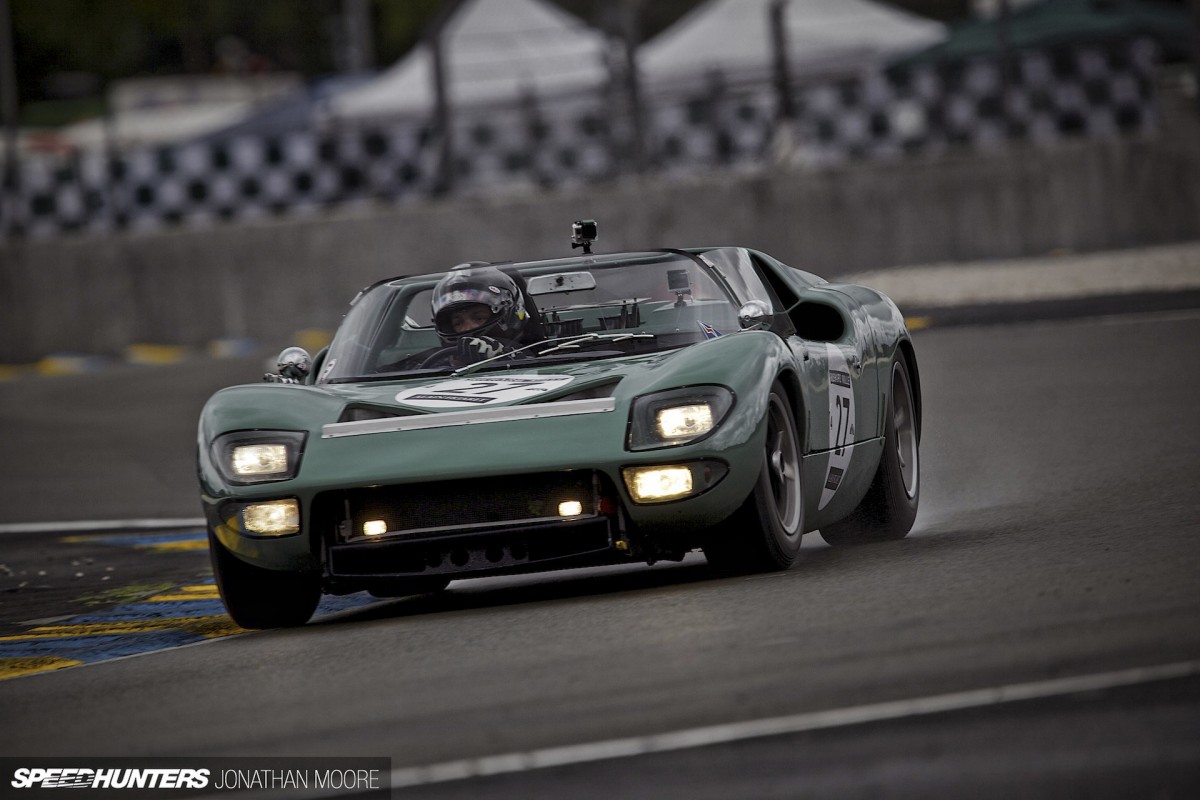
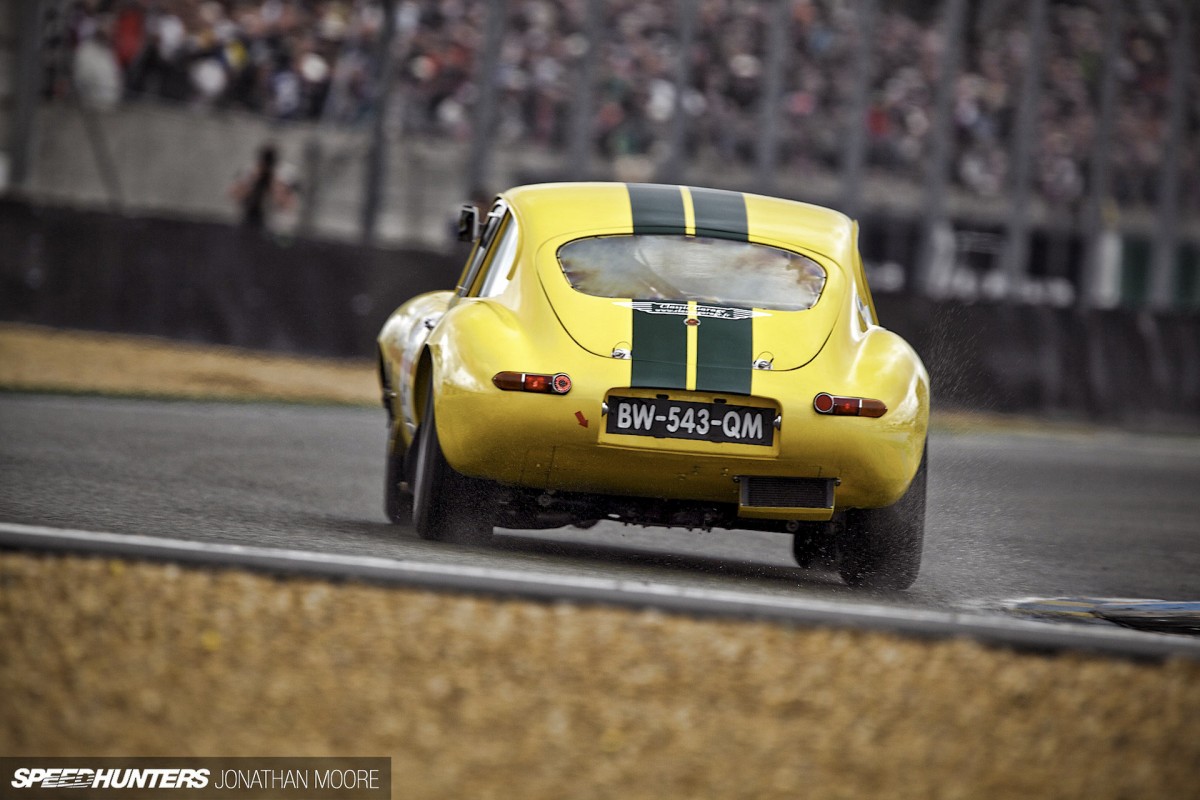
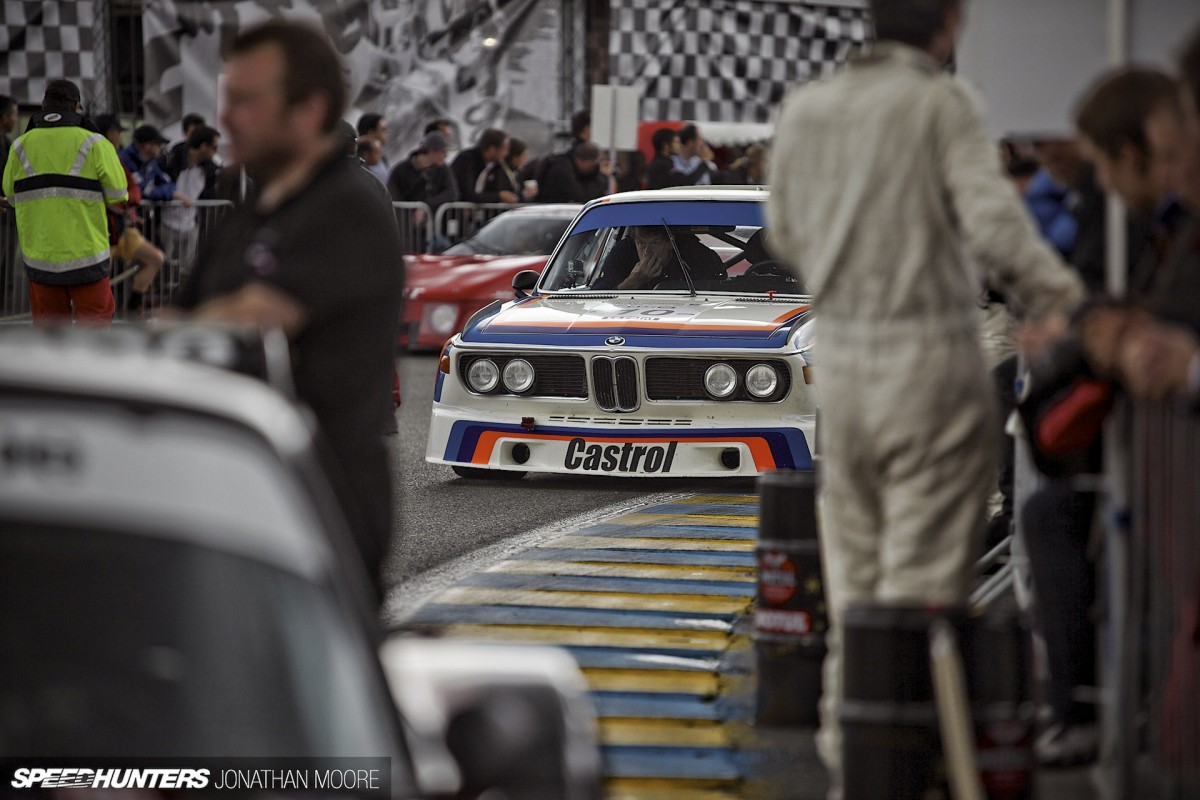
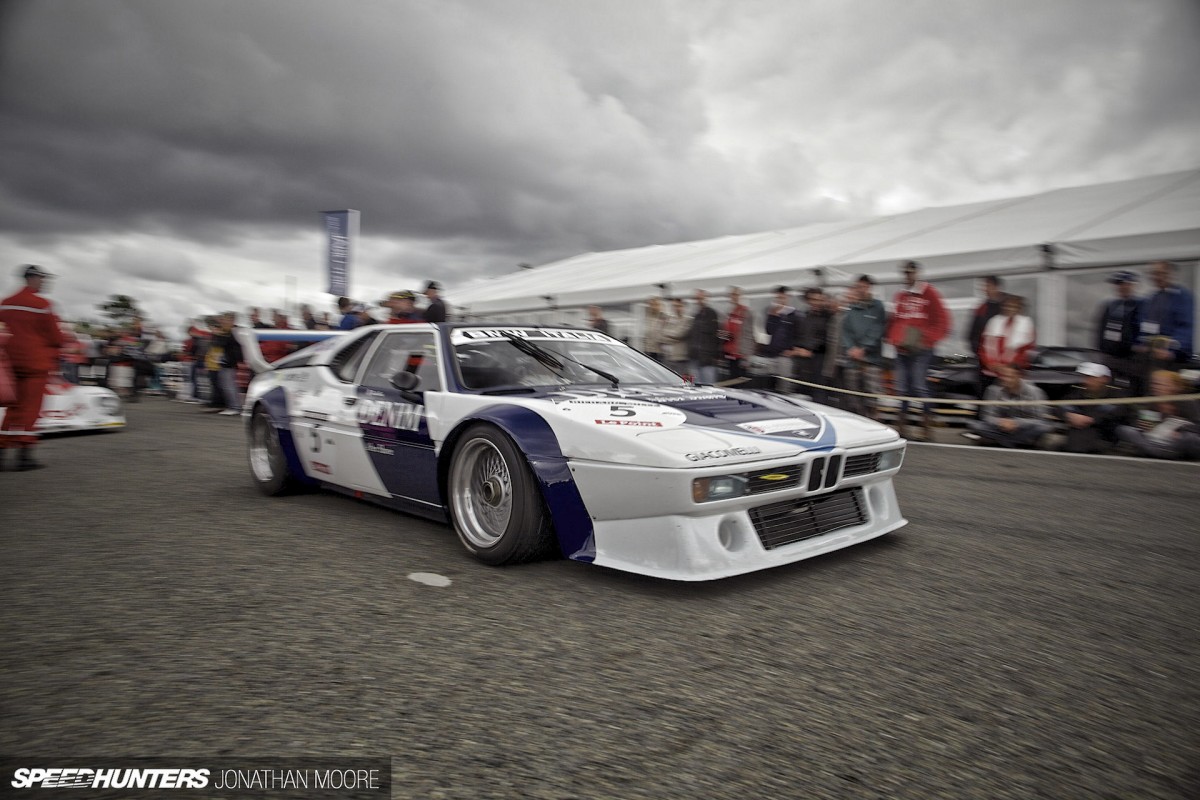
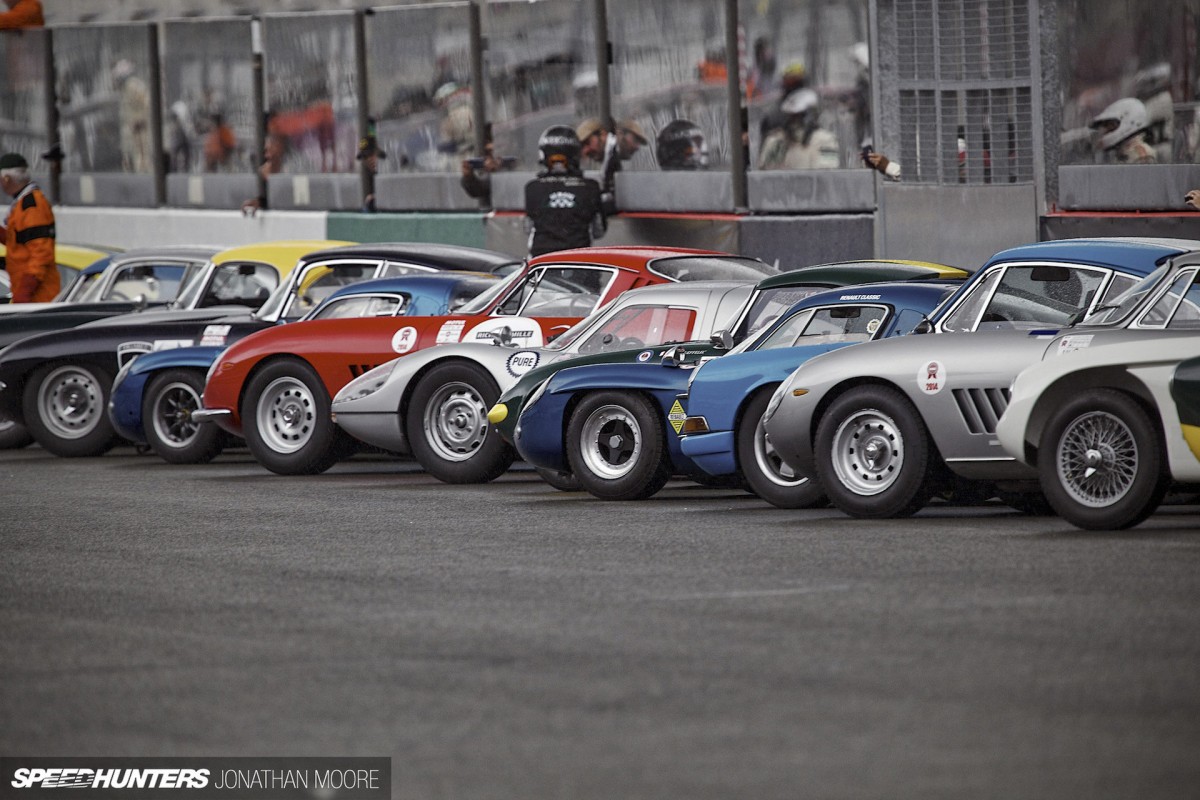






Fantastic article and great to see the LM Classic getting some coverage on Speedhunters. Shame you didn't catch the Porsche 917 on circuit (still the pinnacle of endurance racers for me), though that Ferrari 312P is fair compensation: another very pretty racing car!
Good times! Your fourth "bonus image" of the Cobra is already on the second page.
I have to get to this event at some point. Want pretty much all of these cars
Martini Porsche... Wonderful Combination!
Gianluca FairladyZ Isn't it always!
aussieANON Yep, that's how I felt about it... It's everything all the time! Well, for 24 hours at least...
gliebau Ha! Oh yes... finger trouble after a WordPress nightmare. Still, never have too much Cobra I'd say!
Wonderful article! Every single car would be worth a feature article!
Do you know if the lights on the 905/3 are original? I've never seen those lights in old photos/videos.
tbtstt Thanks! Yep, missing the 917 was a shame, thought I've been lucky to see them in action before – always a pleasure. And yes, that 312P: a new one to me, and now etched into my memory!
Max Muller Hey there Max! Yep, they were definitely an option for endurance races: the Spanish entry at LM in 72 ran them for instance. I'll point you to my go-to reference at RSC: http://www.racingsportscars.com/type/photo/Porsche/908__03.html
Cheers!
The Glastonbury of cars...
As good as these photo's are, I bet this event sounded better.
What a badass event! Gotta make it out there next time.
Very Pretty photography jonathan. nice feel to the event
I'd almost rather go there than the normal 24.
dat 936
Jonathan Moore Max Muller I think you need to put a warning next to that link:
WARNING
This website could make you waste a colossal amount of your time and productivity.
Dude you'll love Rennsport at Sydney motorsport park. The actual Jules 936 was out on track that day. I'll add a photo of that later.
Chris 'Haffy' Hafner
There's a classic motorsport thing happening in August there as well. I think Shannons is sponsoring it so it should be good.
Jonathan Moore
Every time there's something posted about historic racing I start searching how much the cars cost. One day.....
love it, what an amazing event, so many beautiful cars
Winton in victoria has what they call the "Winton festival of speed". Its not a real deal historic event, more of a classic car racing day. Every thing from Group A tourers to early 30's racers and everything in between. I'll be there camera in hand. As for Sydney, they had "Retro speed fest" a couple of months ago.. Here's my fav shots of that day. Im self teaching as I go, but anyone has constructive criticism, I'd like to hear it as anything helps.
Nice article with great pictures.
It's not hard to see why historic motorsport is so popular. The sight and sounds of these machines is awe-inspiring.
Sounded as good as it looks and the detail and engineering was almost drool worthy.
Chris 'Haffy' Hafner Nice! I caught up with a pair of 936 a year or so back – and a very special driver! http://www.speedhunters.com/2012/12/jacky_ickx_chopard_superfast/
Wow I am incredibly jealous! Pedey and I need to spend some time in the UK soon I think...
Great as always...
Love the LOLA T70 and Chevron B16
MPZ-Markus of MPZRACEVIDEO
Oh. Man. Am. I. So. Jealous! Nice work mate!
David hart I'm the 8 sheby cobra in plateau 5 beating some of the gt40s on a drying/damp track was pure maximum attack
Curious why that 2.1 RSR Turbo tribute is built off a long hood?
Now this is why I look forward to opening my browser! I would love to enjoy just a sliver of such an event, good stuff.
I'm salivating over all the cool metal (and carbon fibre) on display in this article. I sincerely hope that we'll see a few feature cars from here.
Those kids cars should be a new form of karting. Kind of like the legends series that race on ovals and circuits around the world these could be kart legends. Would be awesome!
GTSdj Here's some background, in an SH story put up a while back... http://www.speedhunters.com/2008/09/car_spotlight_gt_gt_porsche_911_carrera_rsr_turbo/
bezwick Plateau 4: yes, he was monstering them! The Cobras looked amazing on track: such over-sized tyres in comparison to the body size, and such an obvious demonstration of power over grip. Love it!
@MPZ Markus Thanks Markus! Yep, I love those prototypes as well: both underrated cars compared the the Porsches and Ferraris that often get all the attention, but I think people are seeing how impressive these low-volume marques' output was.
Taryn Croucher Ha, well, you'll have to go via France! But the Goodwood Revival should definitely be on your list, along with the Gold Cup at Oulton Park...
But the Goodwood Revival should definitely be on your list, along with the Gold Cup at Oulton Park...
sean klingelhoefer I'll meet you there, pal...
HoTWire A fine way of putting it!
EricSeanDelaney It has a very different feel – but my first visit has certainly made me want to go back for more. Having to choose between the two? Tough!
Was there to celebrate the 40 years' anniversary of the first 911 Turbo and much more! Thank you for the story and for the pictures
A friend was supposed to race his MkIV GT40 at this event. Sadly it wasn't in the budget after Goodwood and after buying a Mk1 GT40, a Alpine-Renault A220 and a Porsche 906. Maybe next year....
Jonathan Moore- thanks! Good story- I'm quite familiar with the RSR Turbos but if you look closely at the one in your pic in this story, it's clearly built off of a pre-74 "long hood" car whereas the RSR Turbos were built off of post-73 impact bumper cars. That is what I was curious about.
3.30am in the pouring rain as the cobras chased vettes up to mulsanne... that was probably the most awesomely inspirational moment of my sleep-deprived weekend. Can't wait for July 2016!
Hey friends, does anyone happen to know how to download wallpaper images for the original header photos? Love that shot with the three GTs and would love a full size version of it! Maybe if the stars align, Mr. Moore himself will drop in with a bit of help!